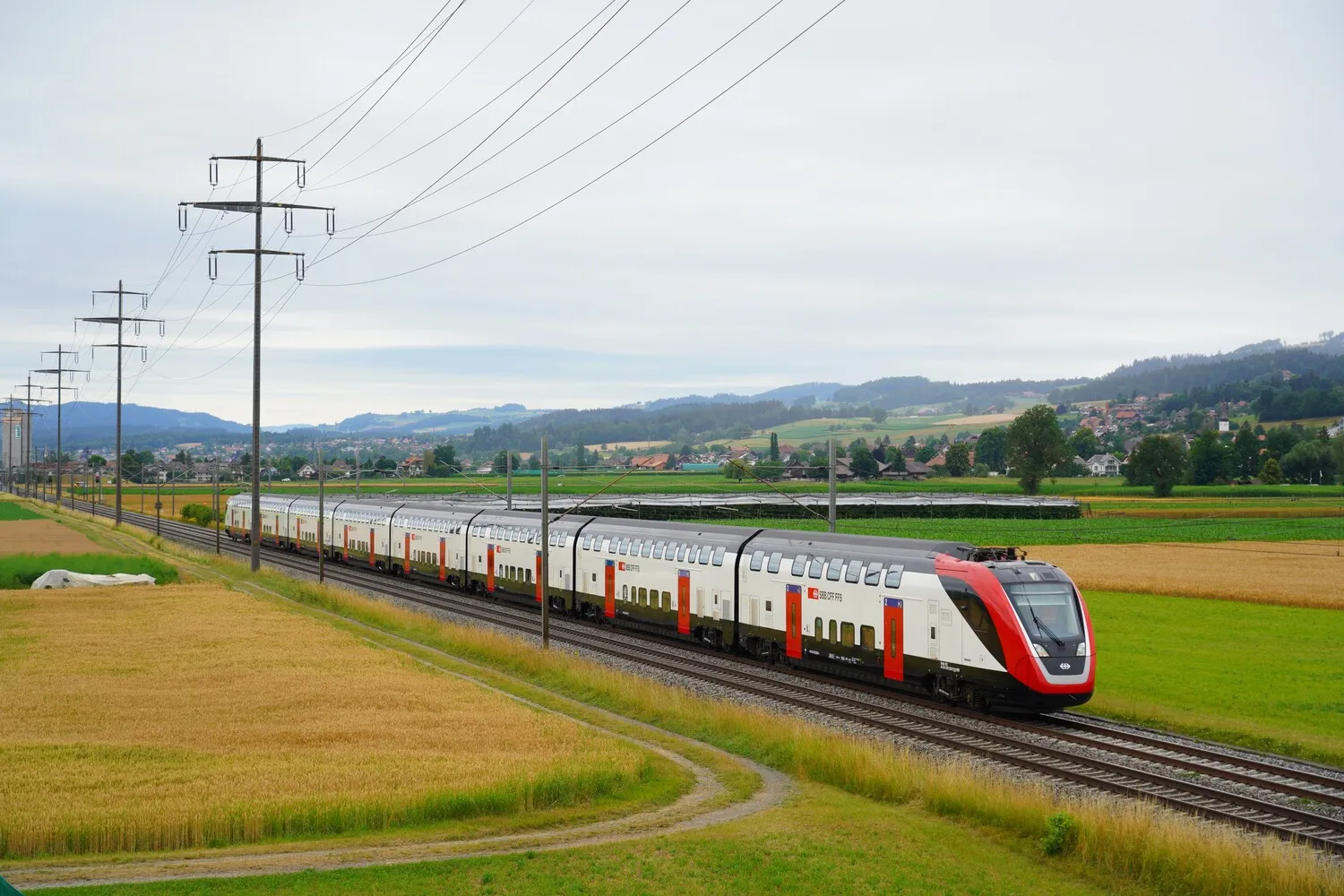
Source: flickr.com
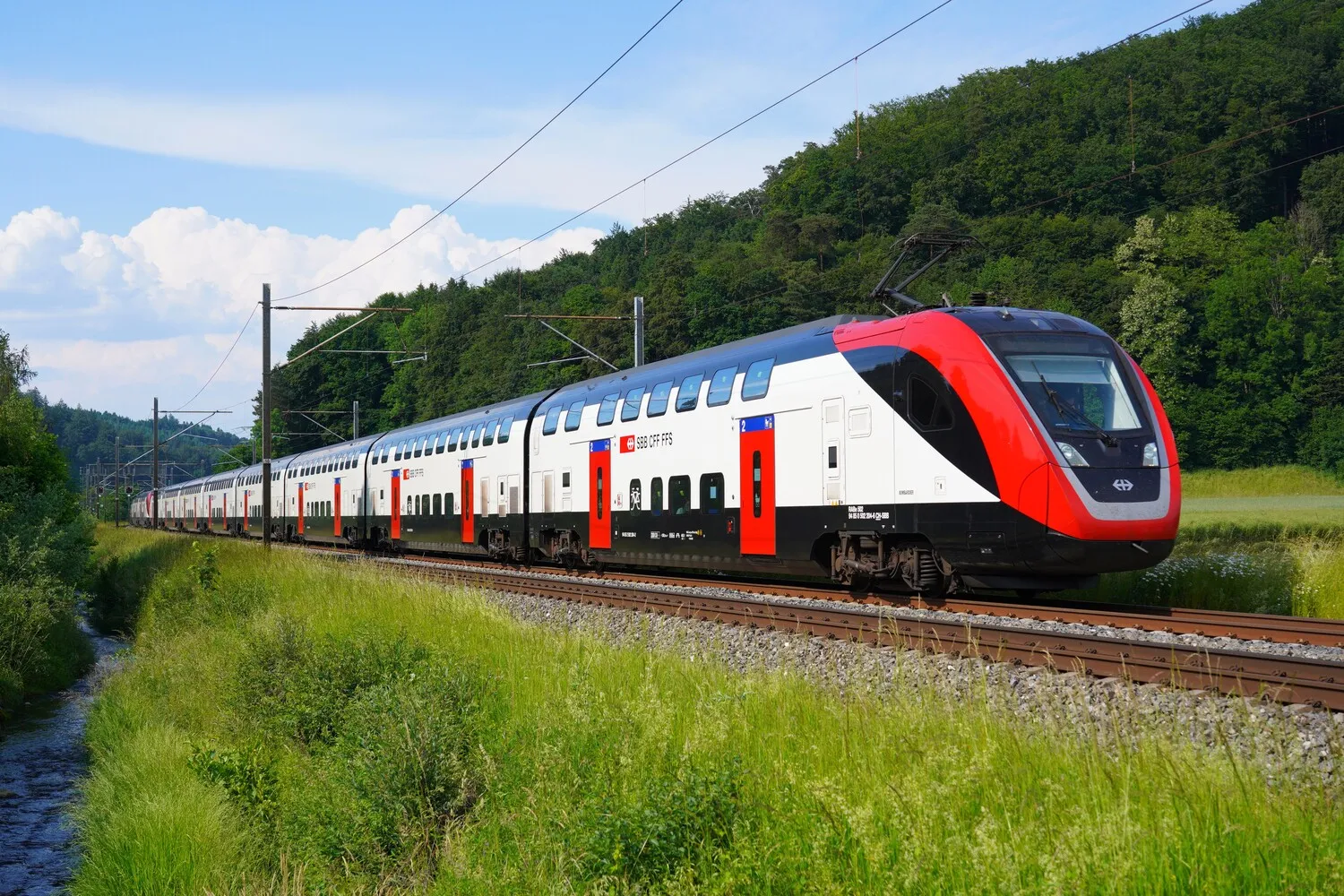
Source: flickr.com
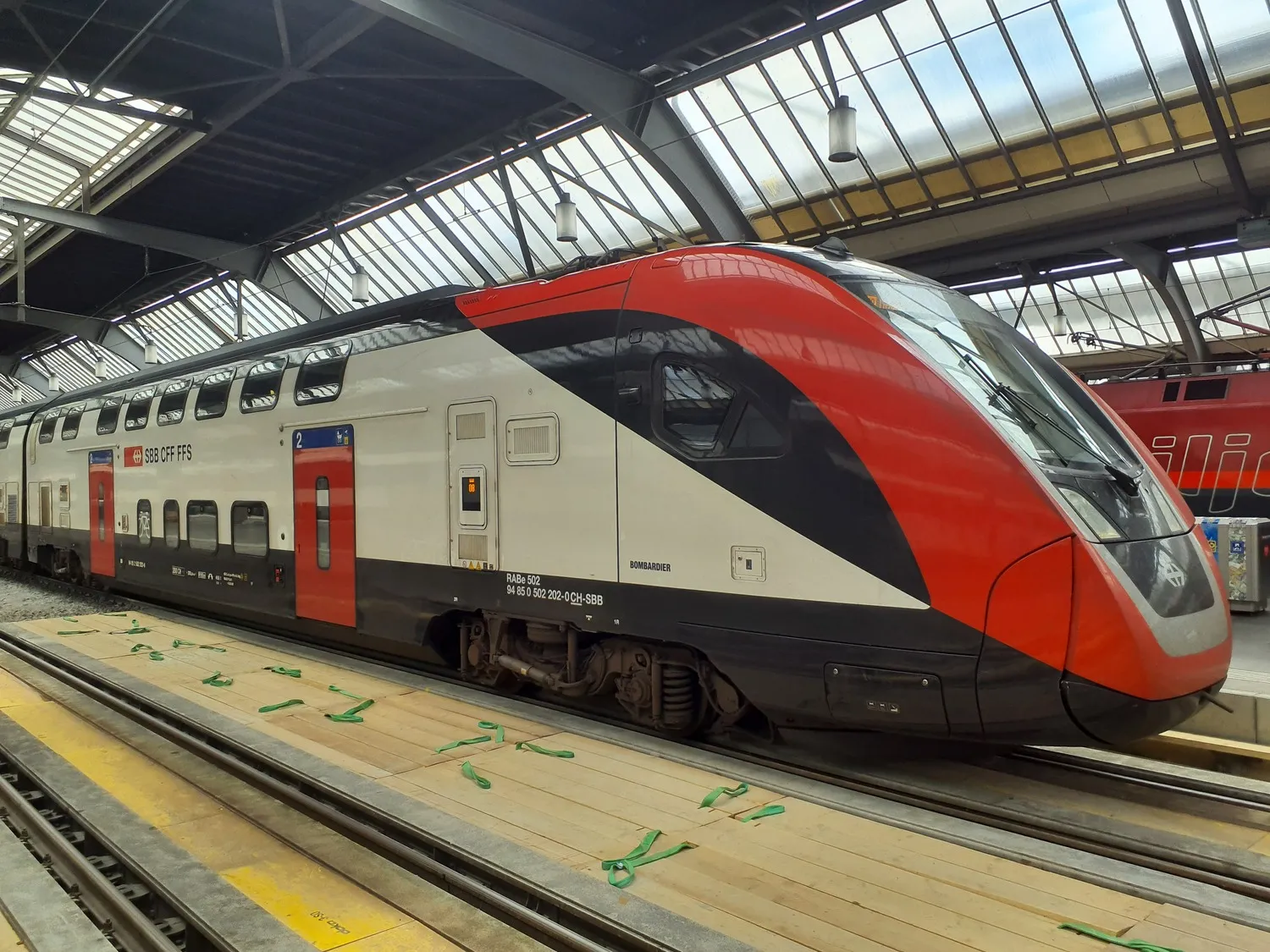
Source: flickr.com
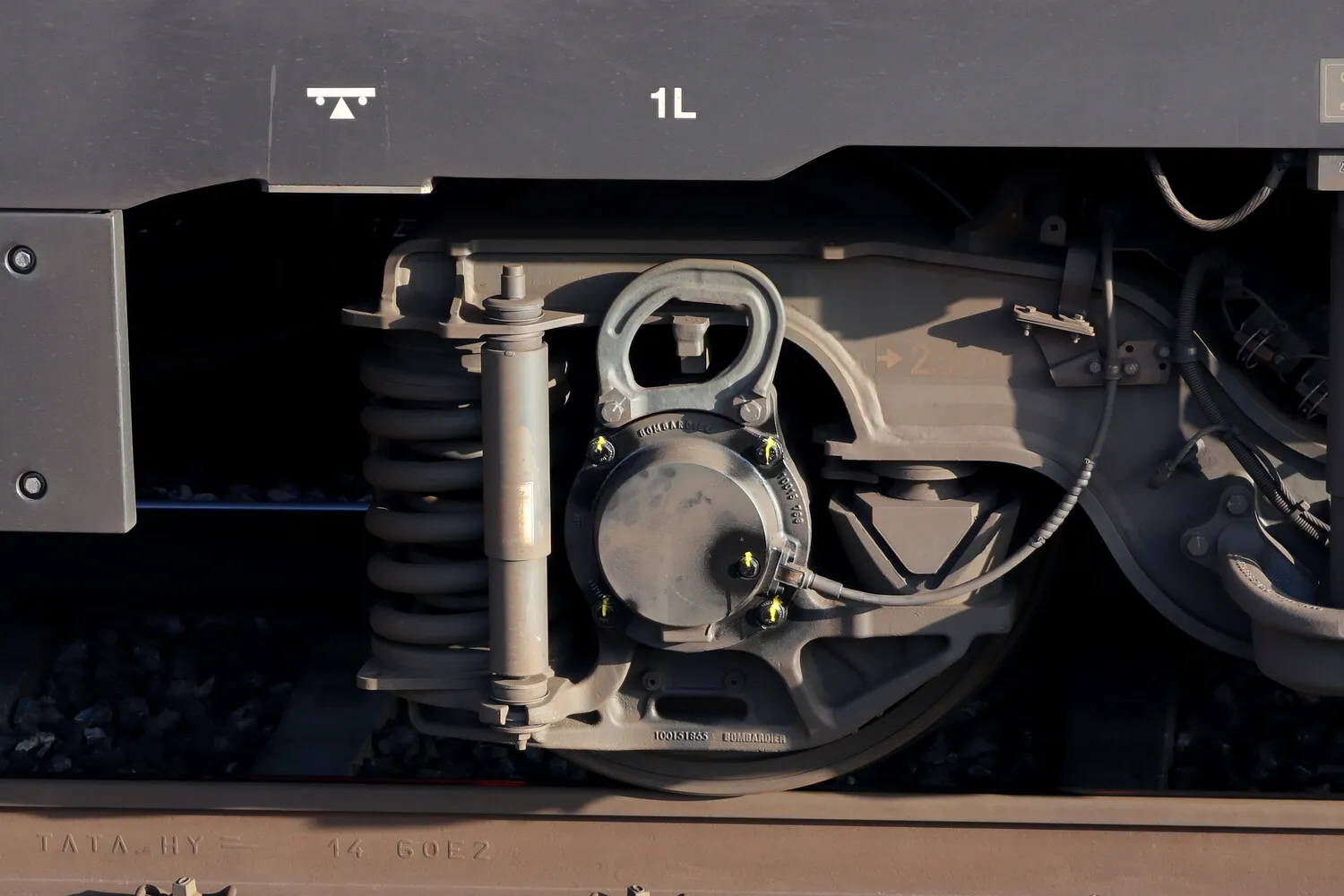
Source: flickr.com
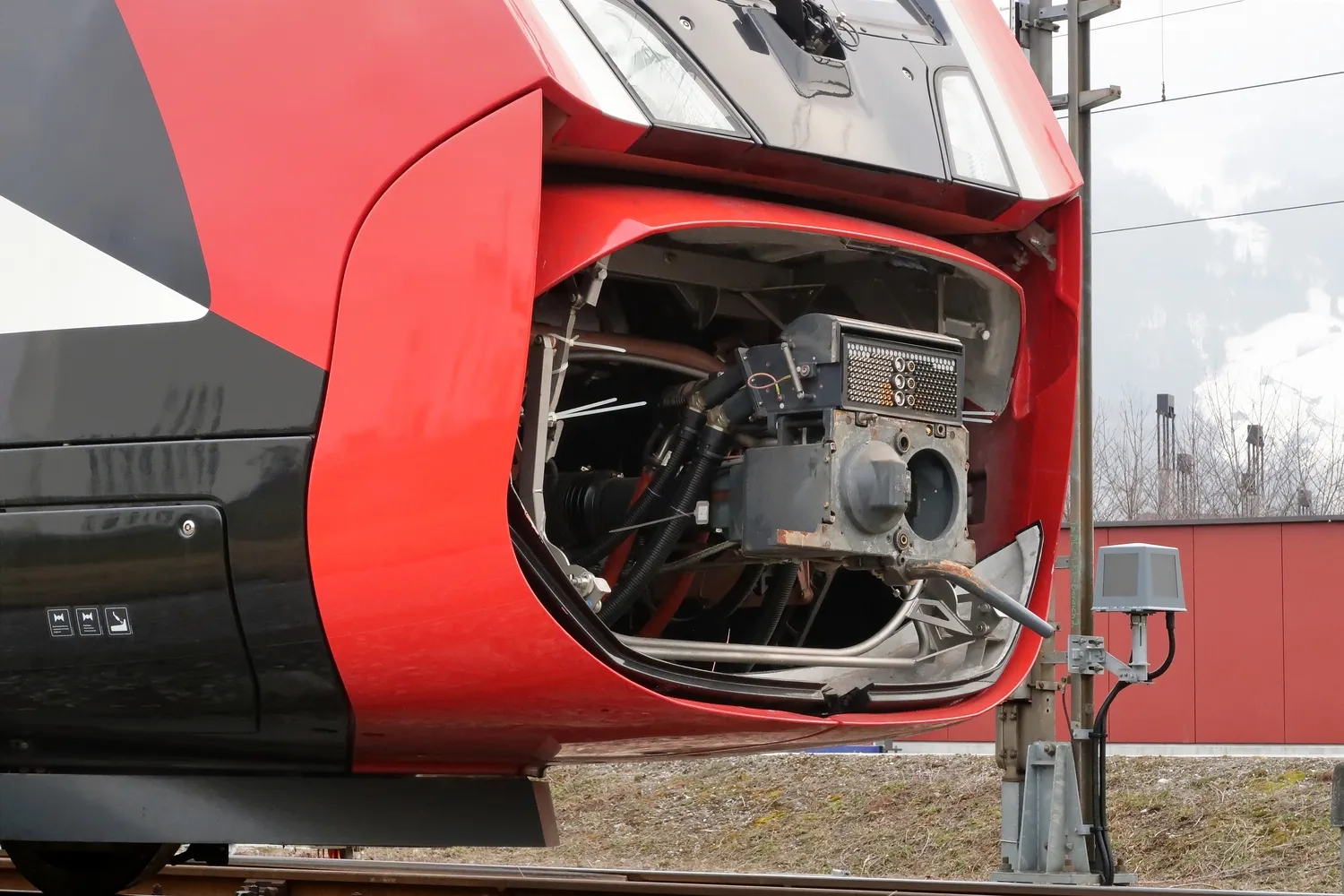
Source: flickr.com
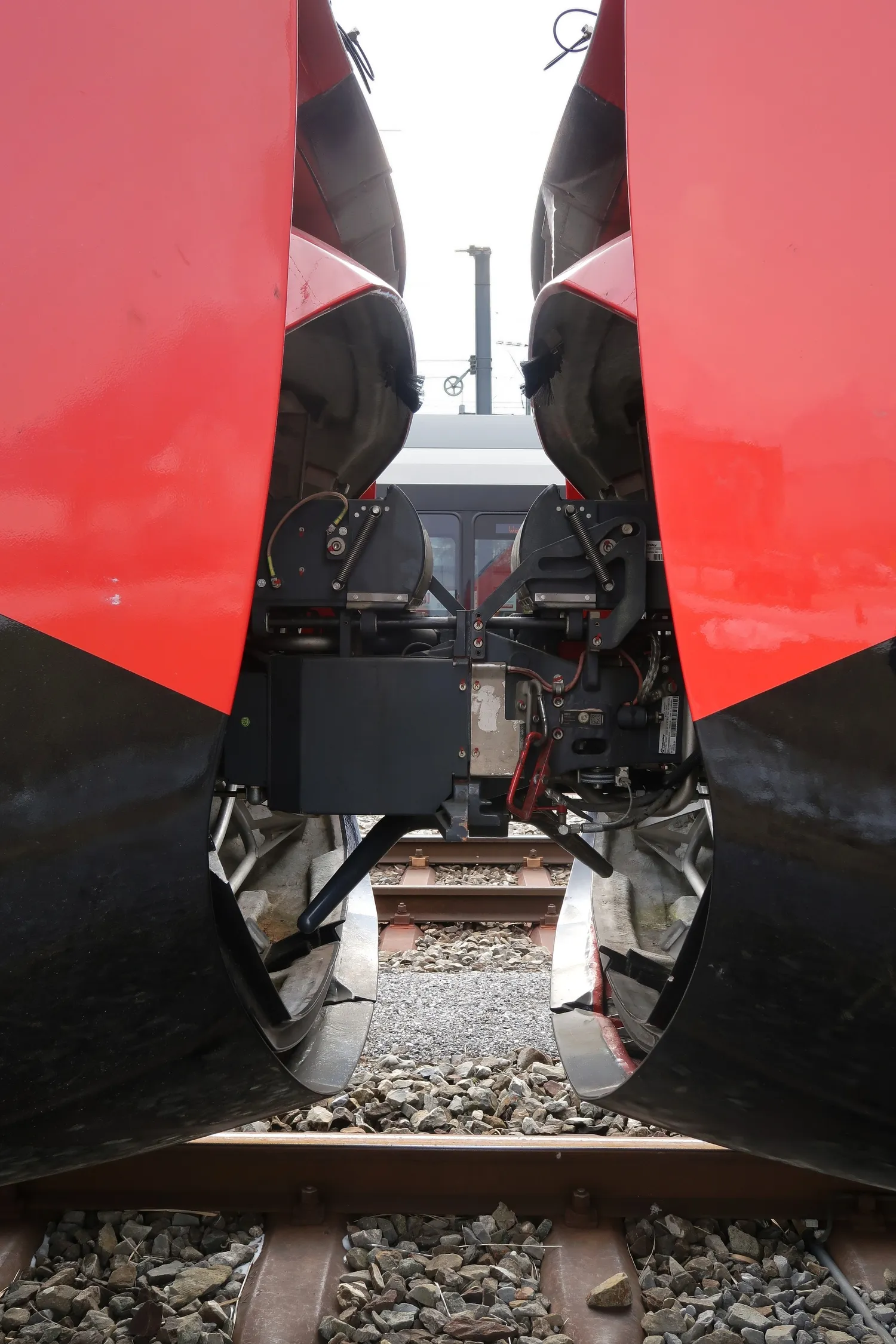
Source: flickr.com

Source: flickr.com
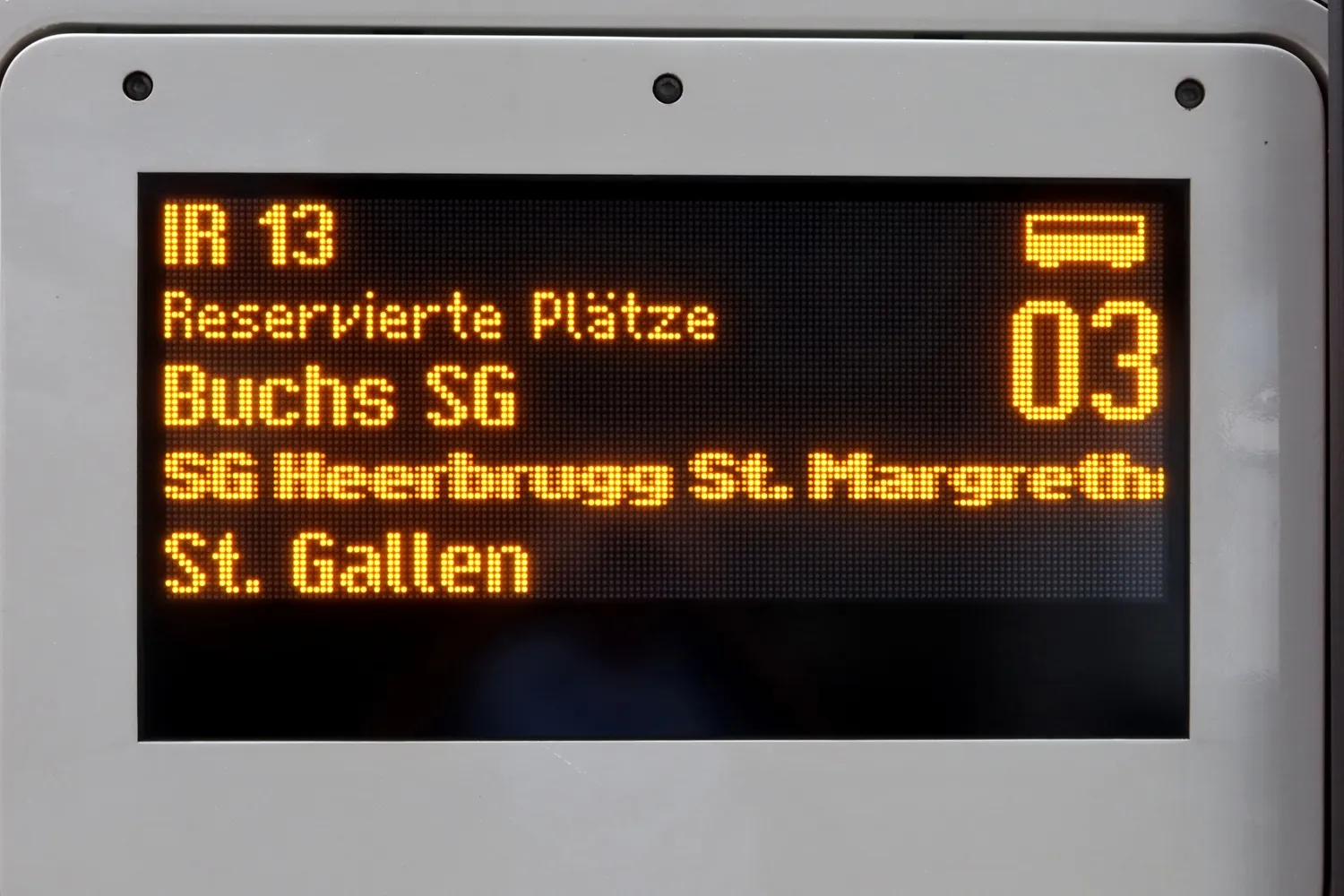
Source: flickr.com
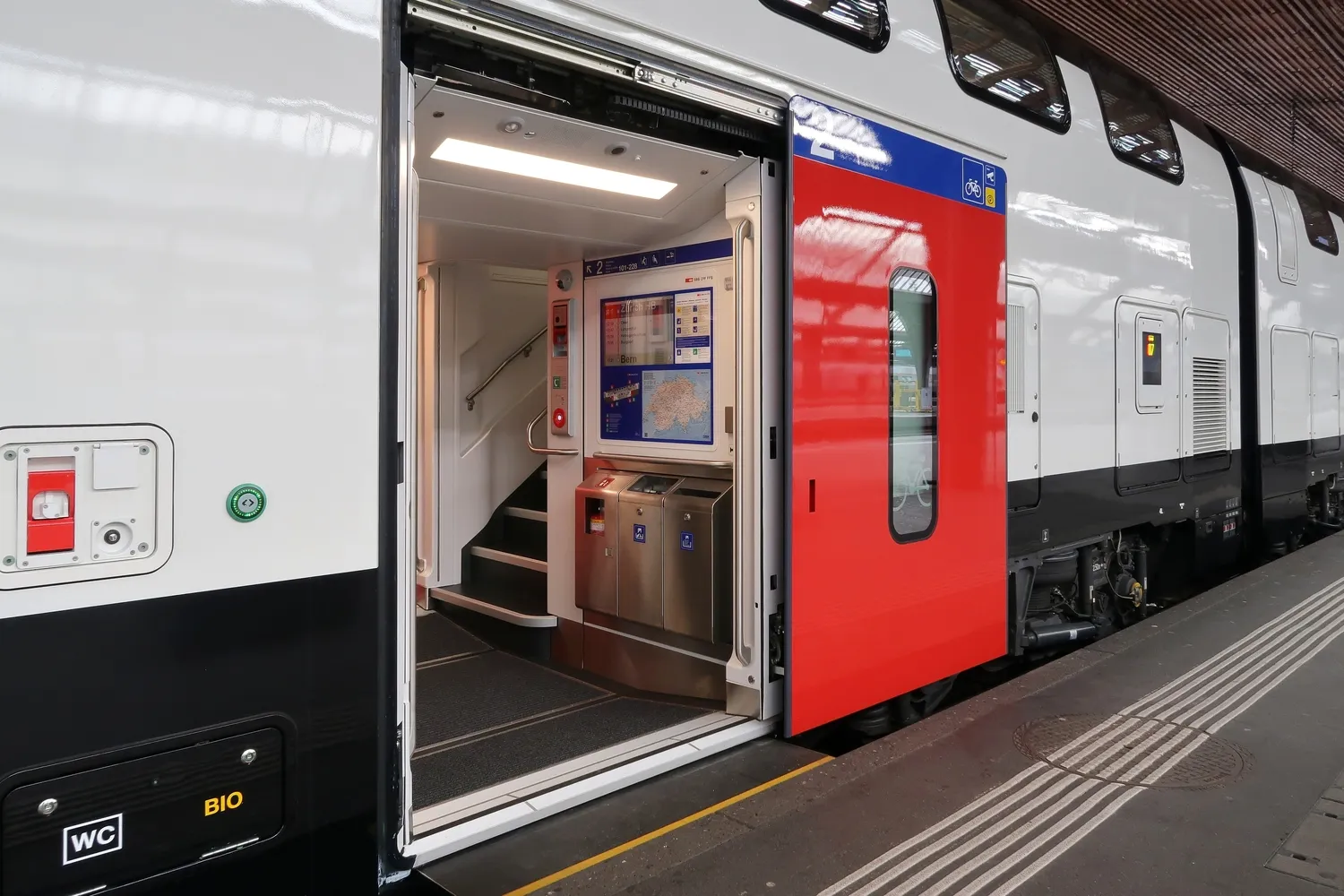
Source: flickr.com
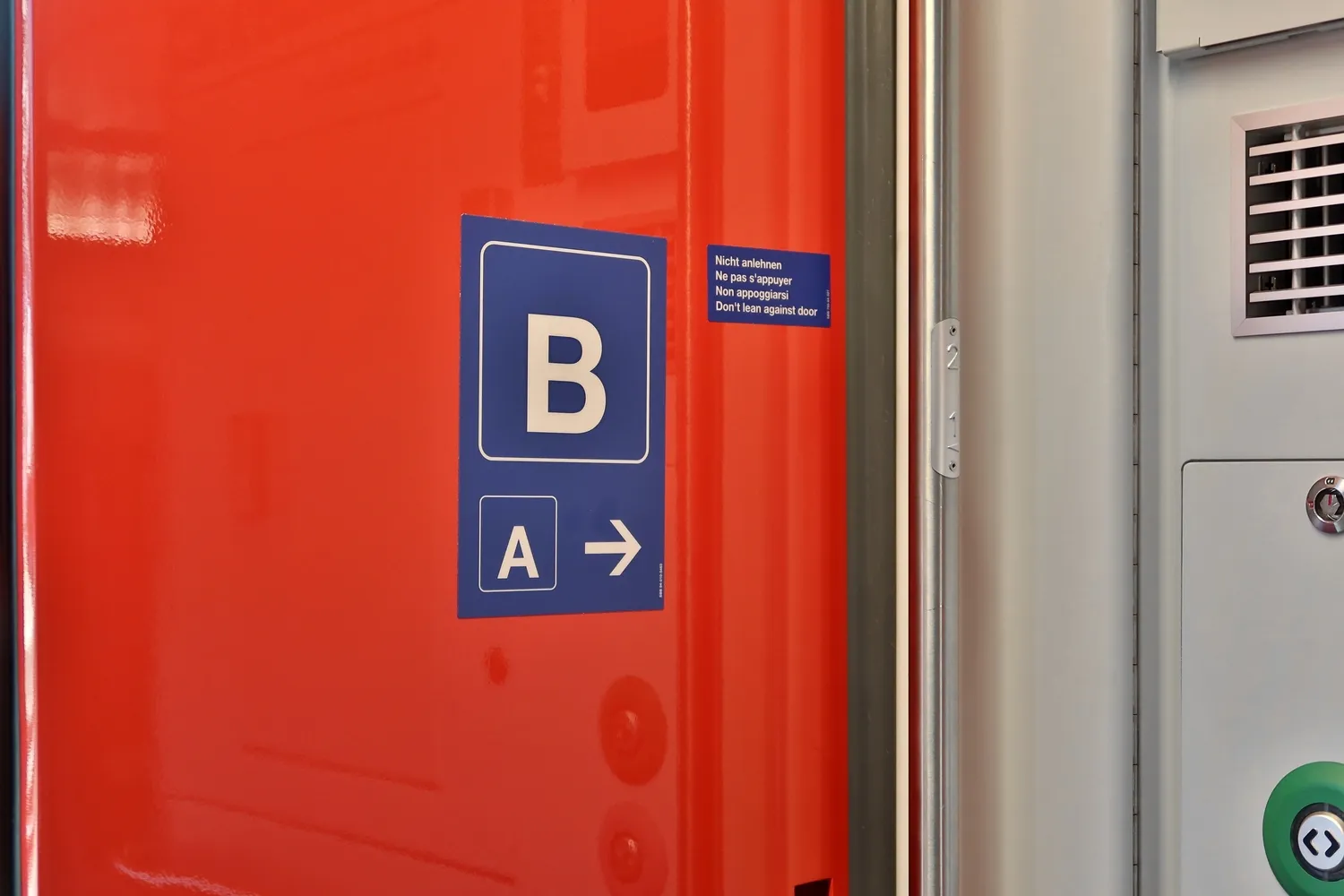
Source: flickr.com
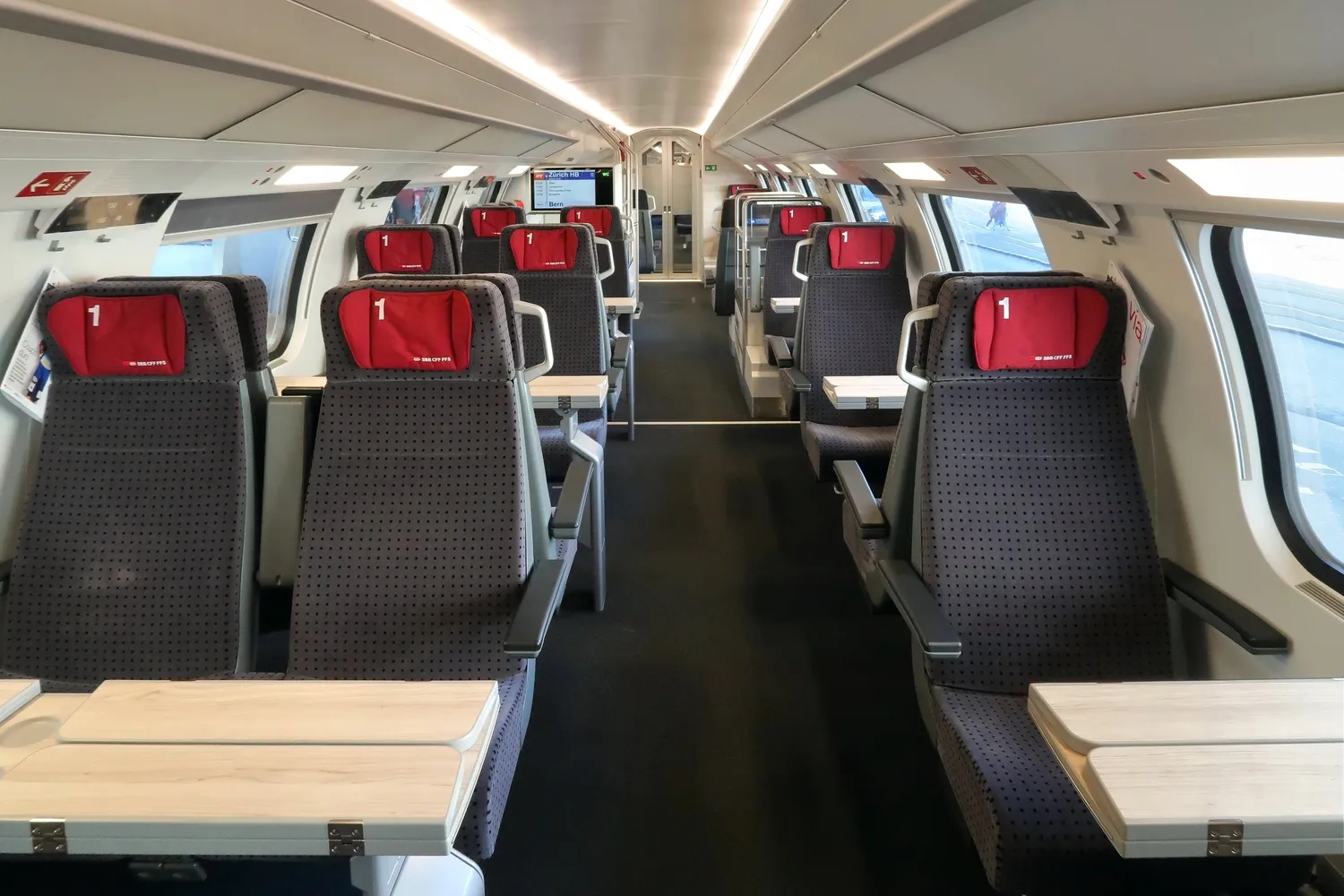
Source: flickr.com
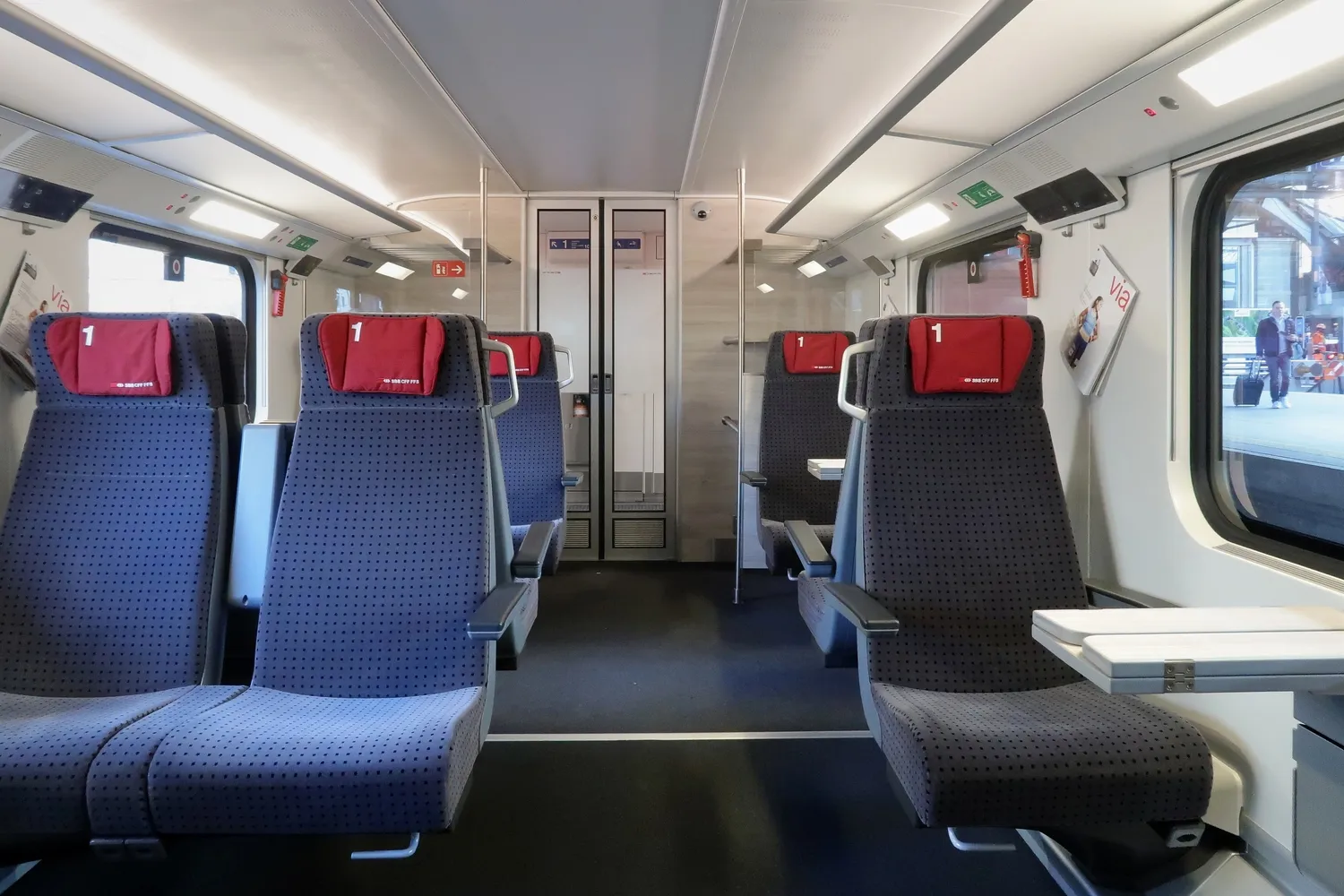
Source: flickr.com

Source: flickr.com
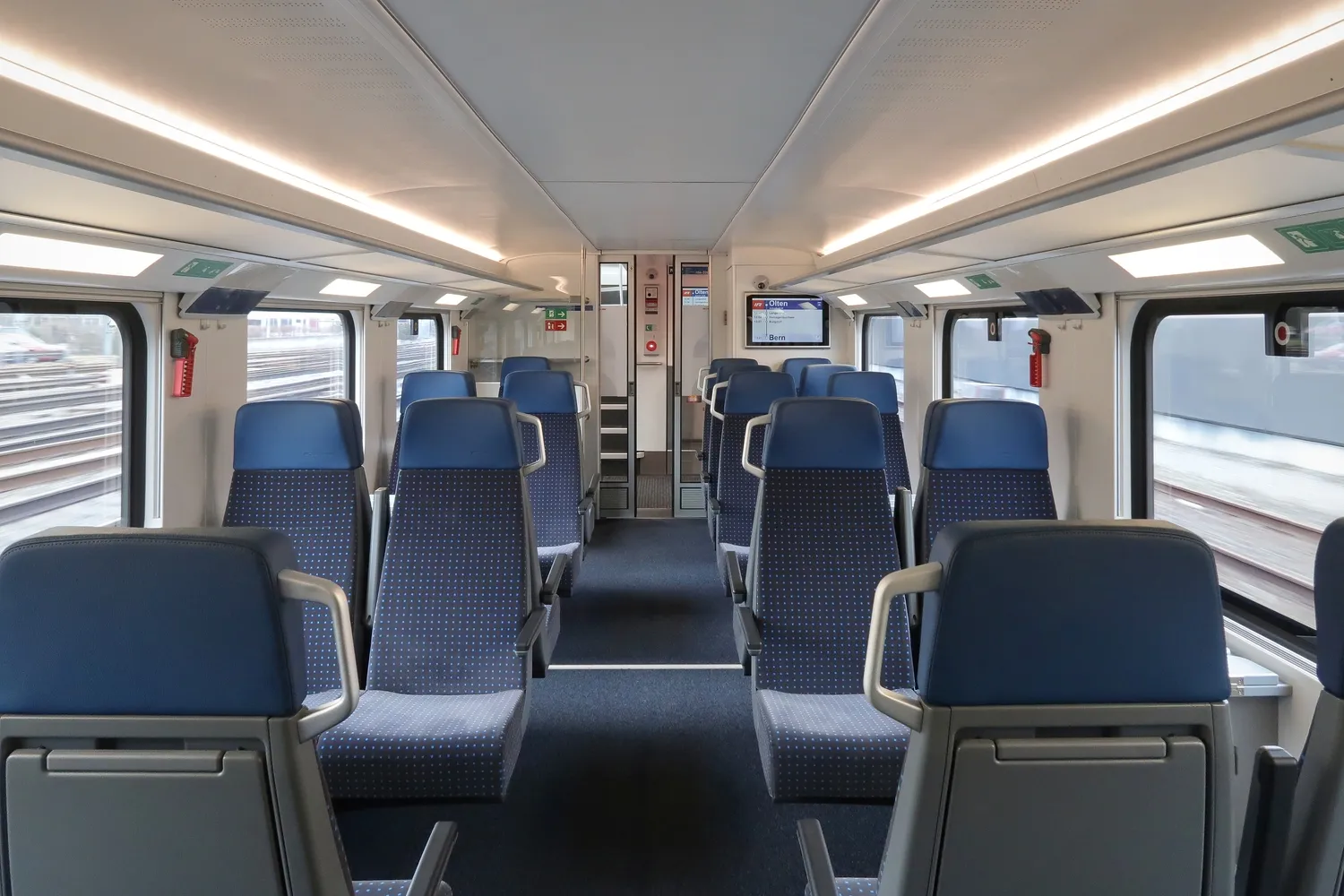
Source: flickr.com
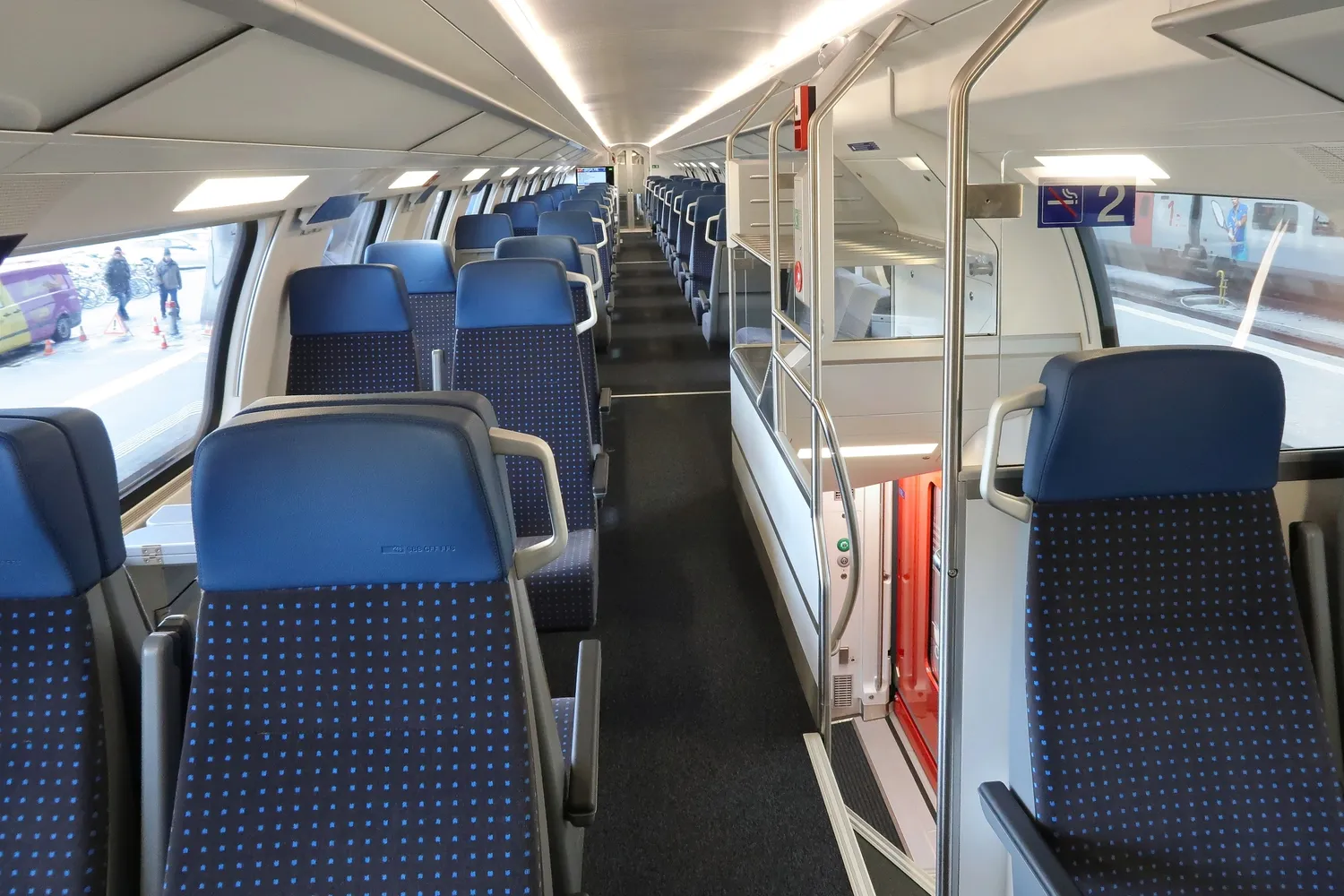
Source: flickr.com
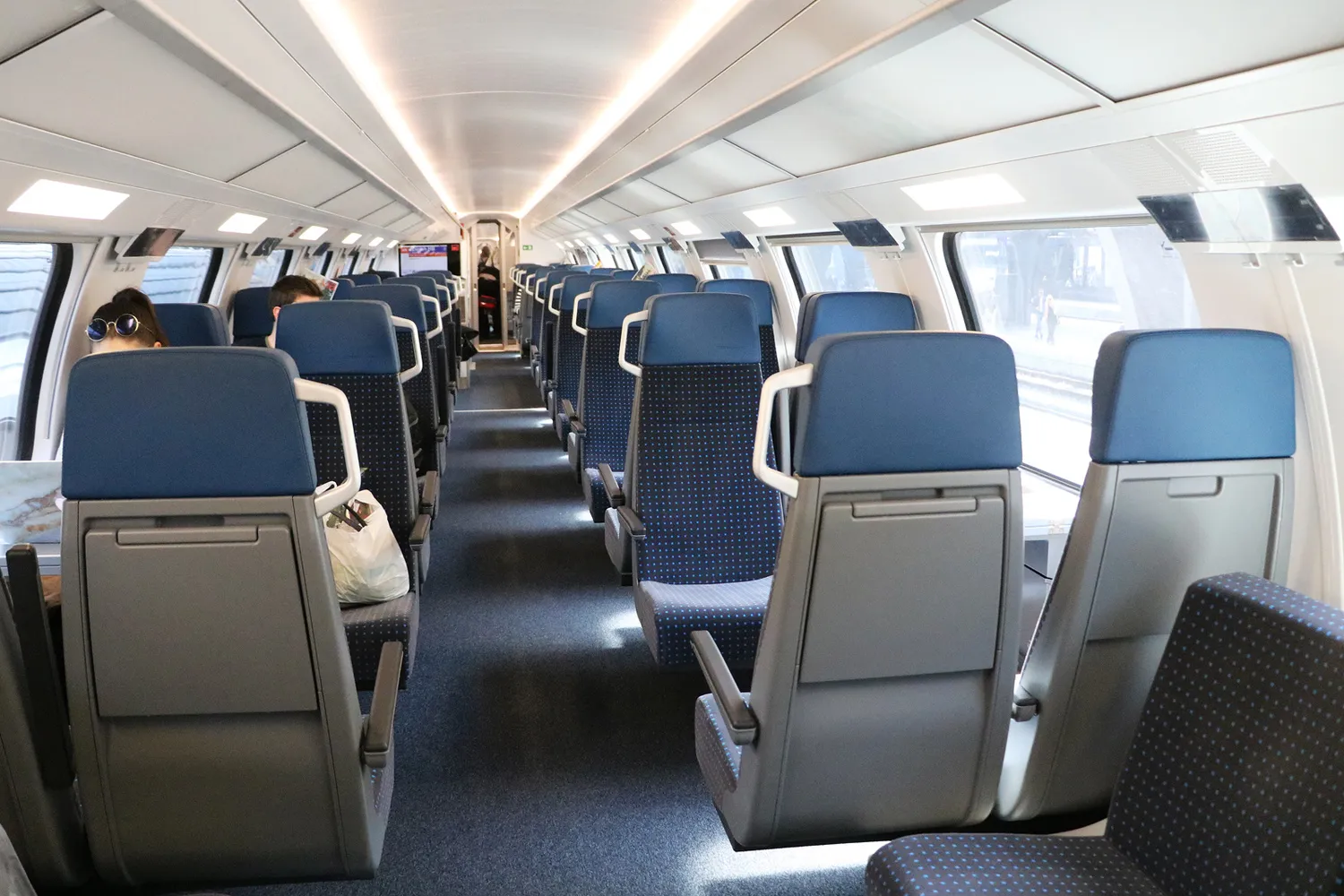
Source: Jean-Luc ALTHERR - flickr.com

Source: flickr.com
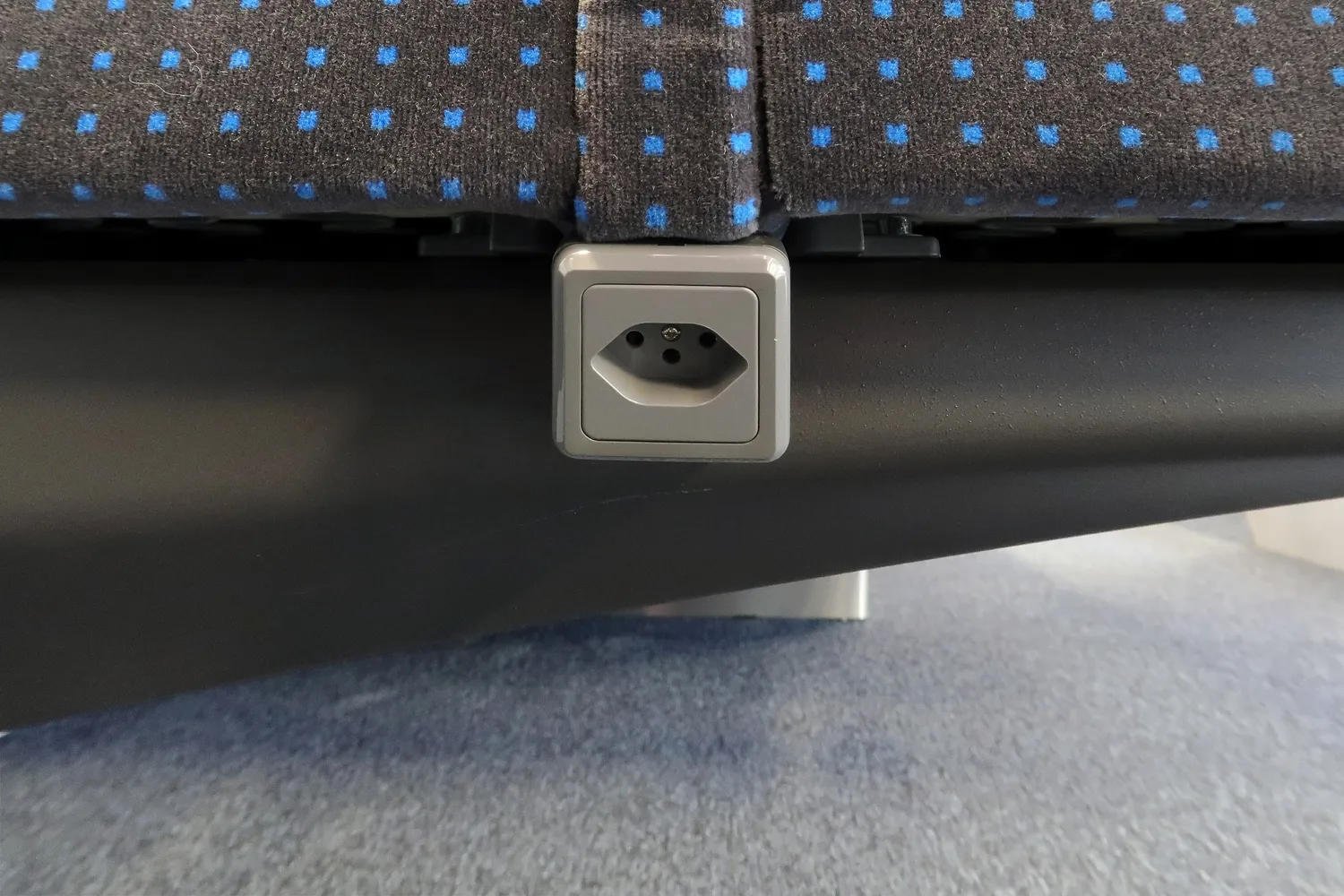
Source: flickr.com
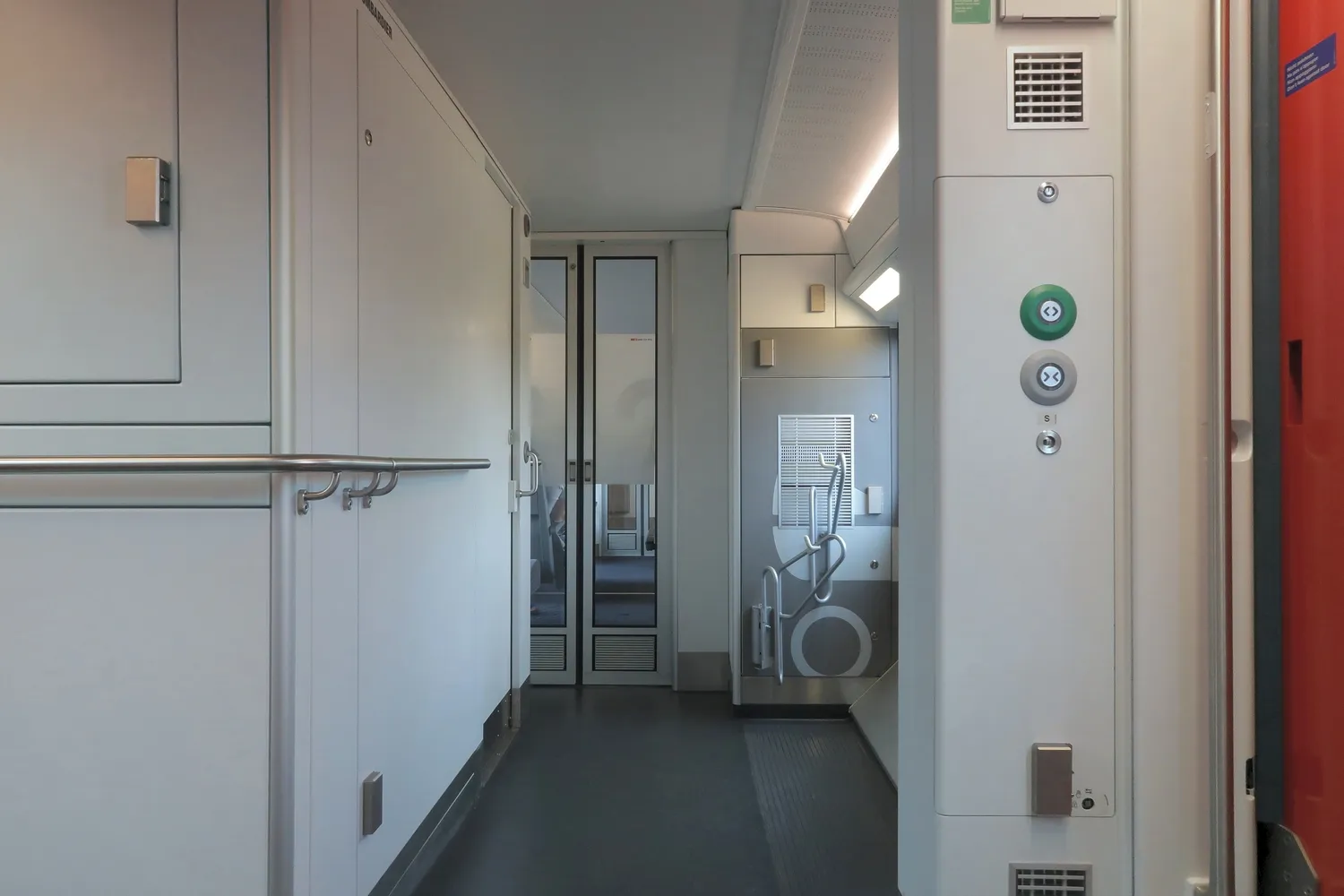
Source: flickr.com
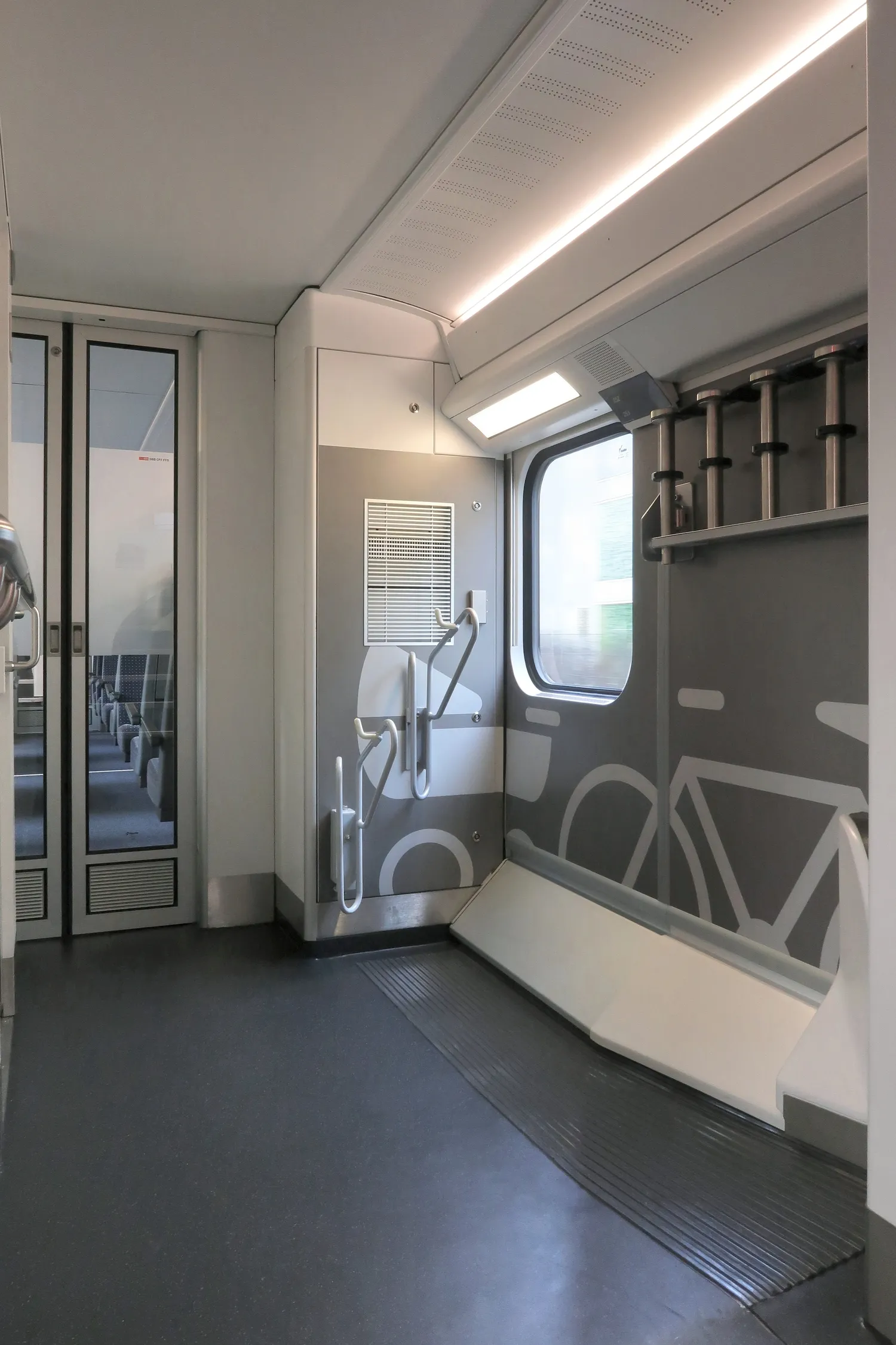
Source: flickr.com
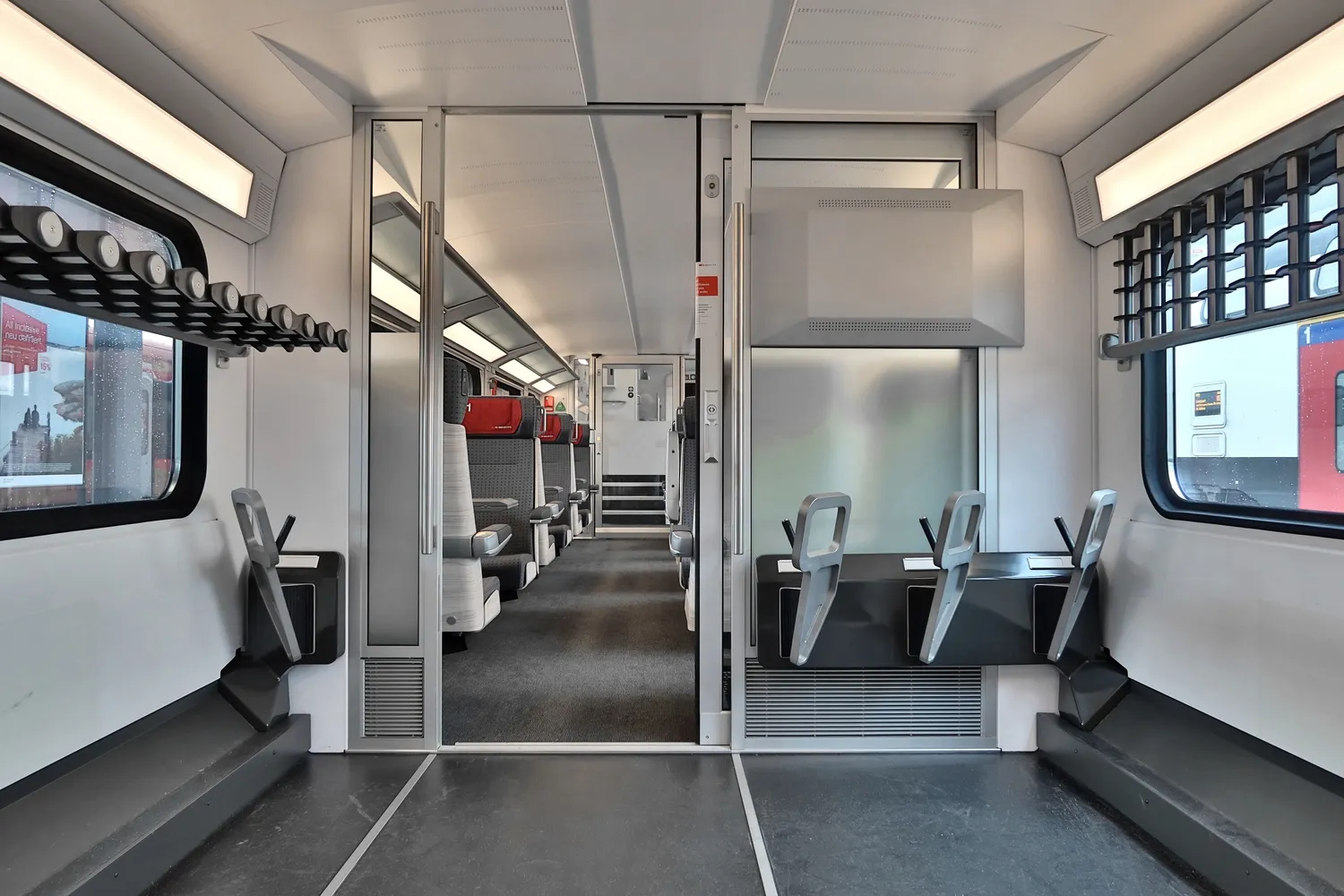
Source: flickr.com
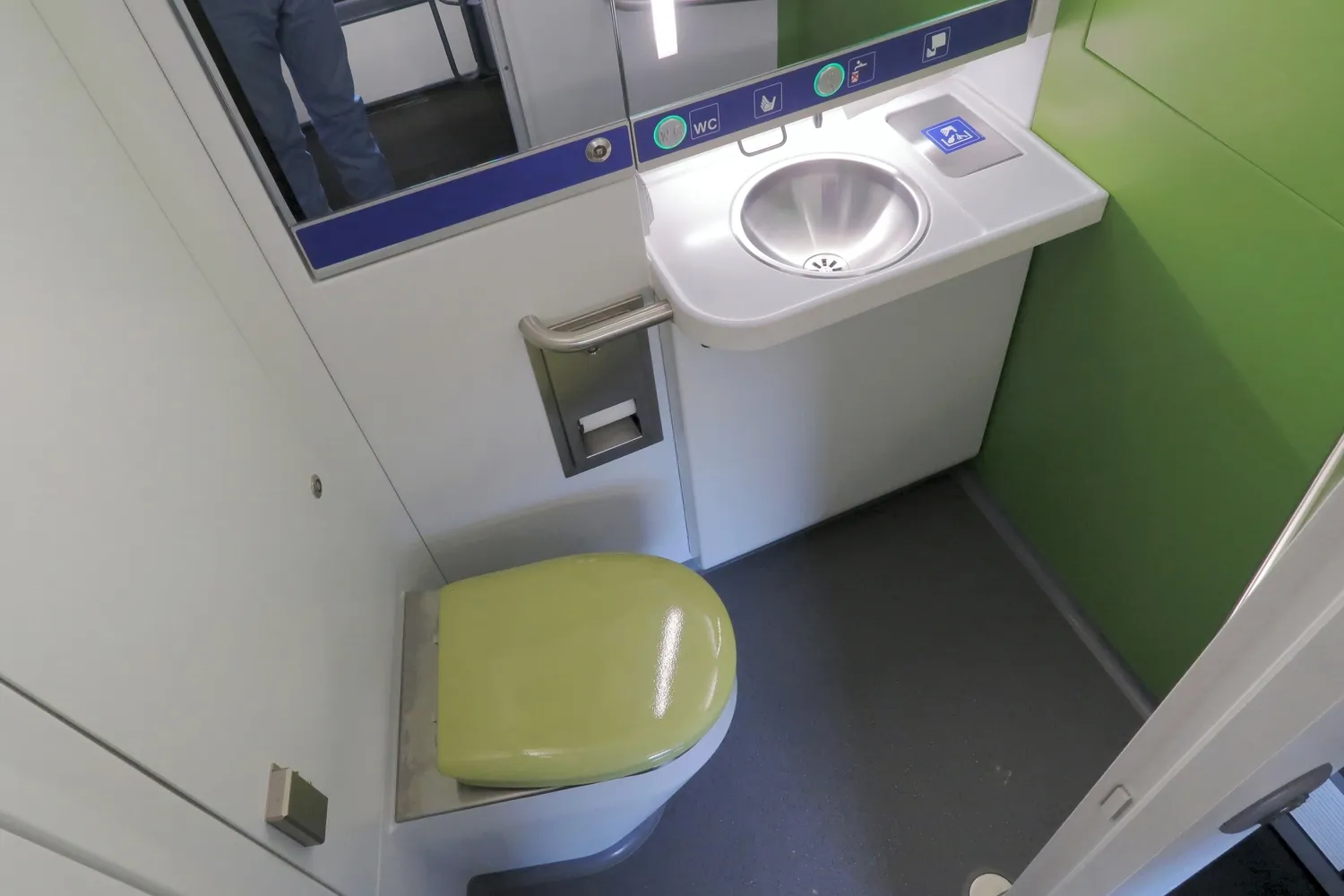
Source: flickr.com
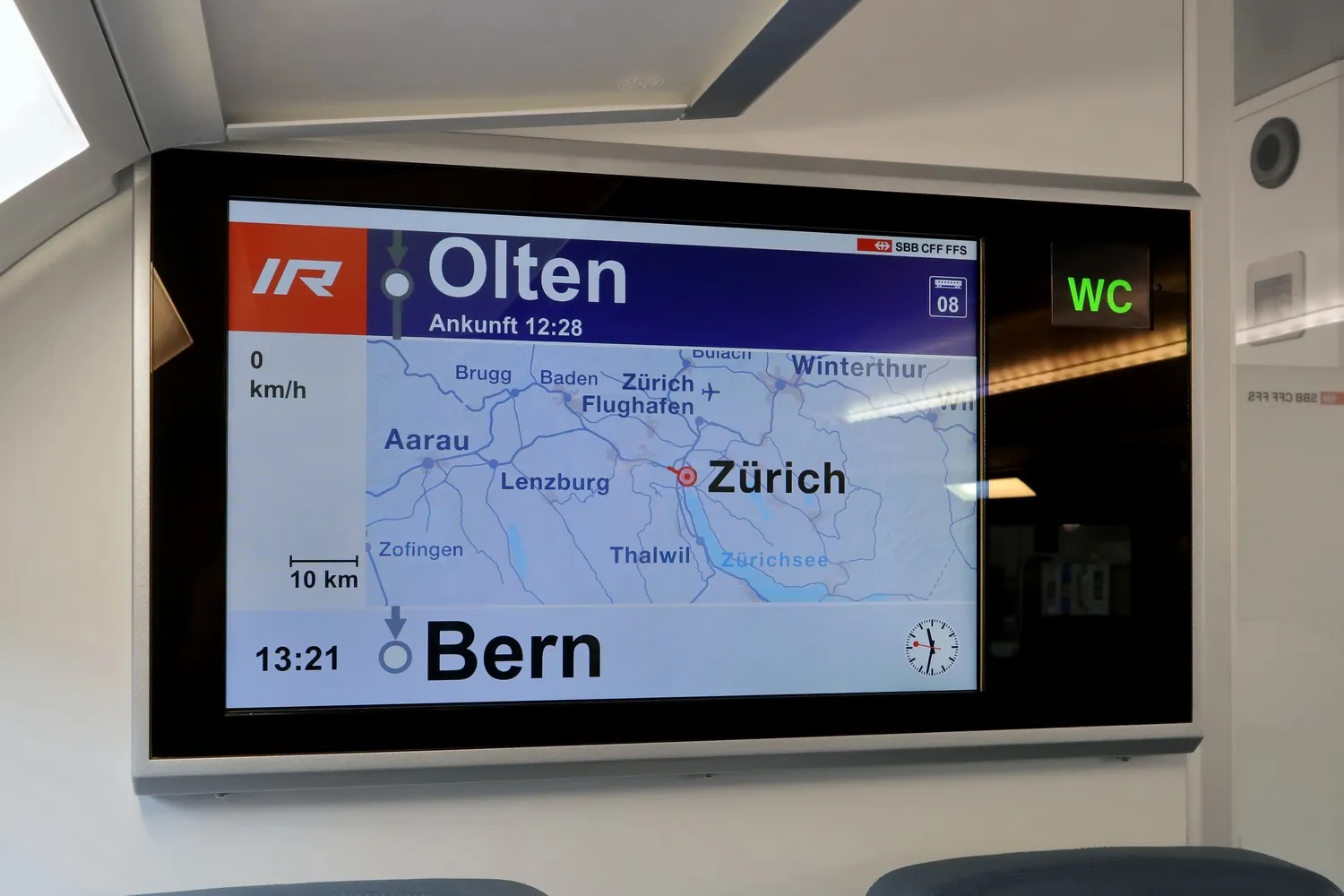
Source: flickr.com
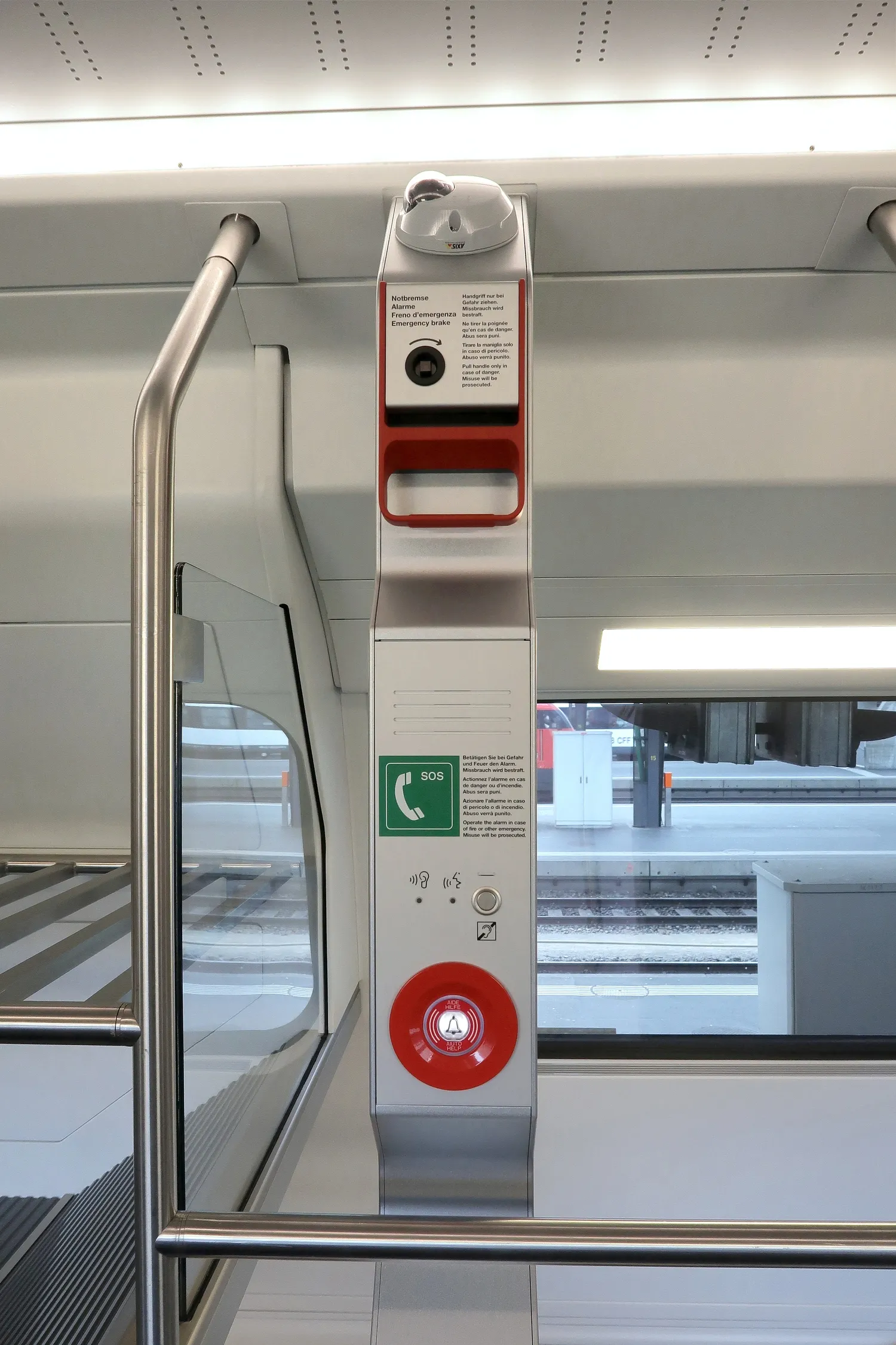
Source: flickr.com
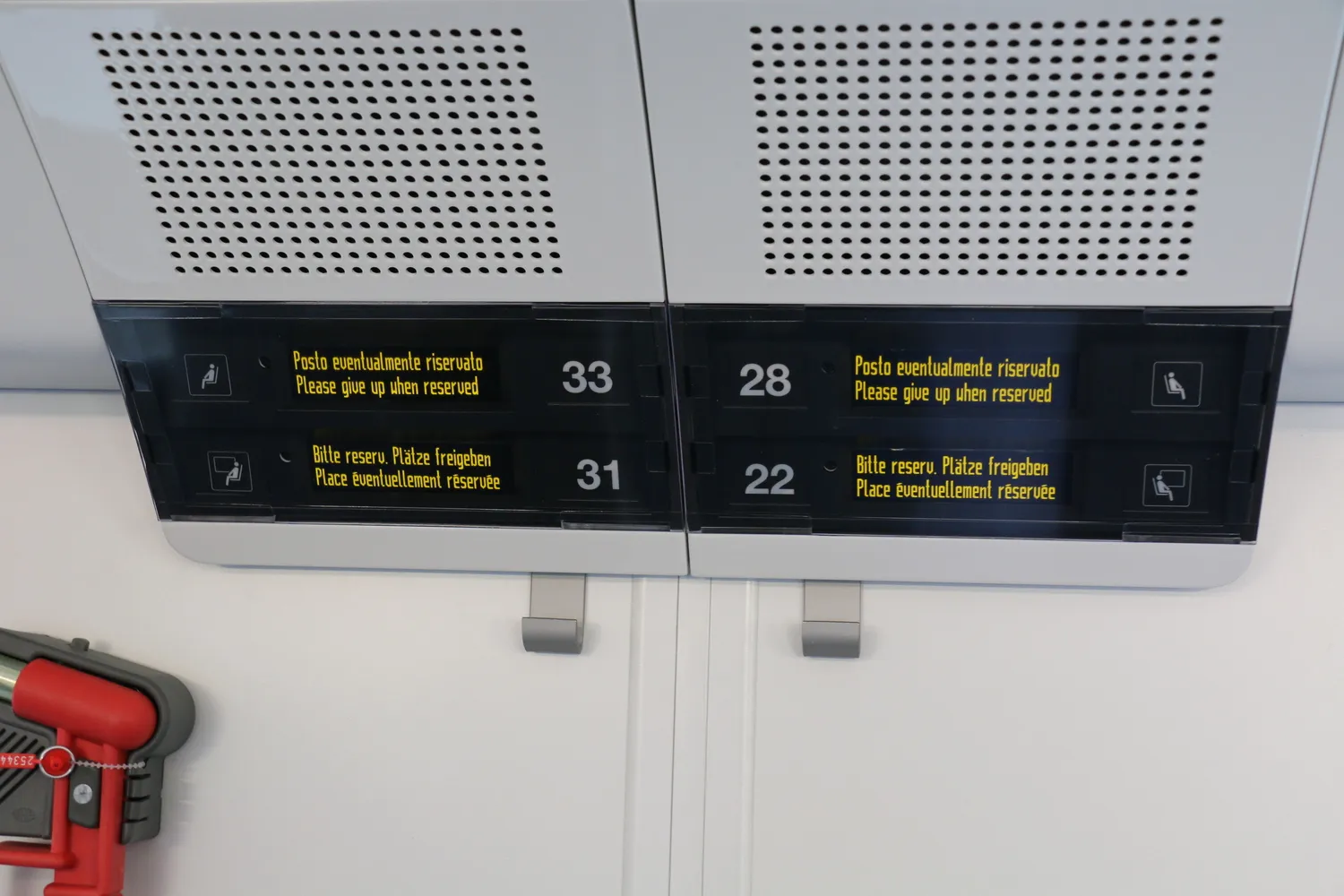
Source: flickr.com
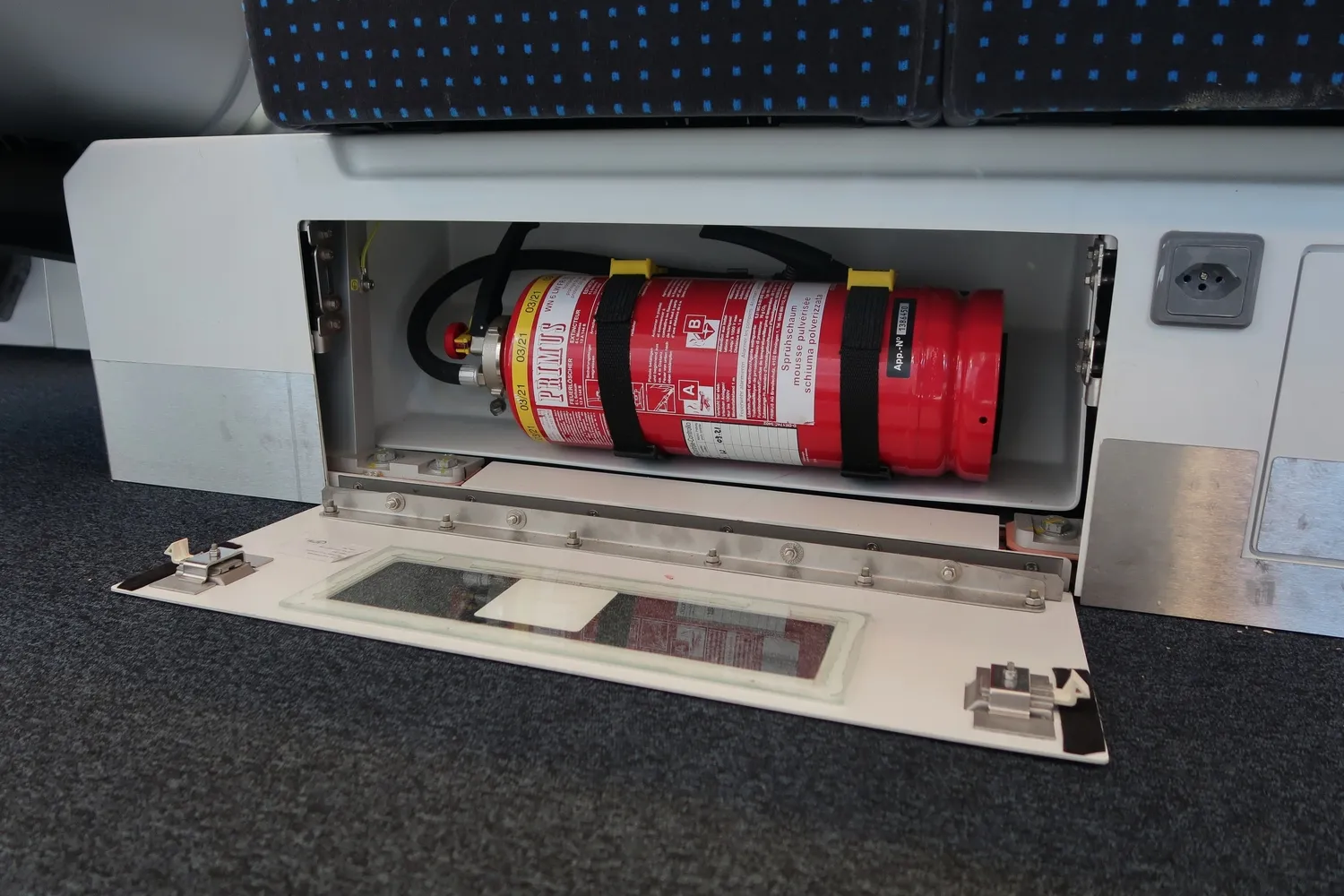
Source: flickr.com
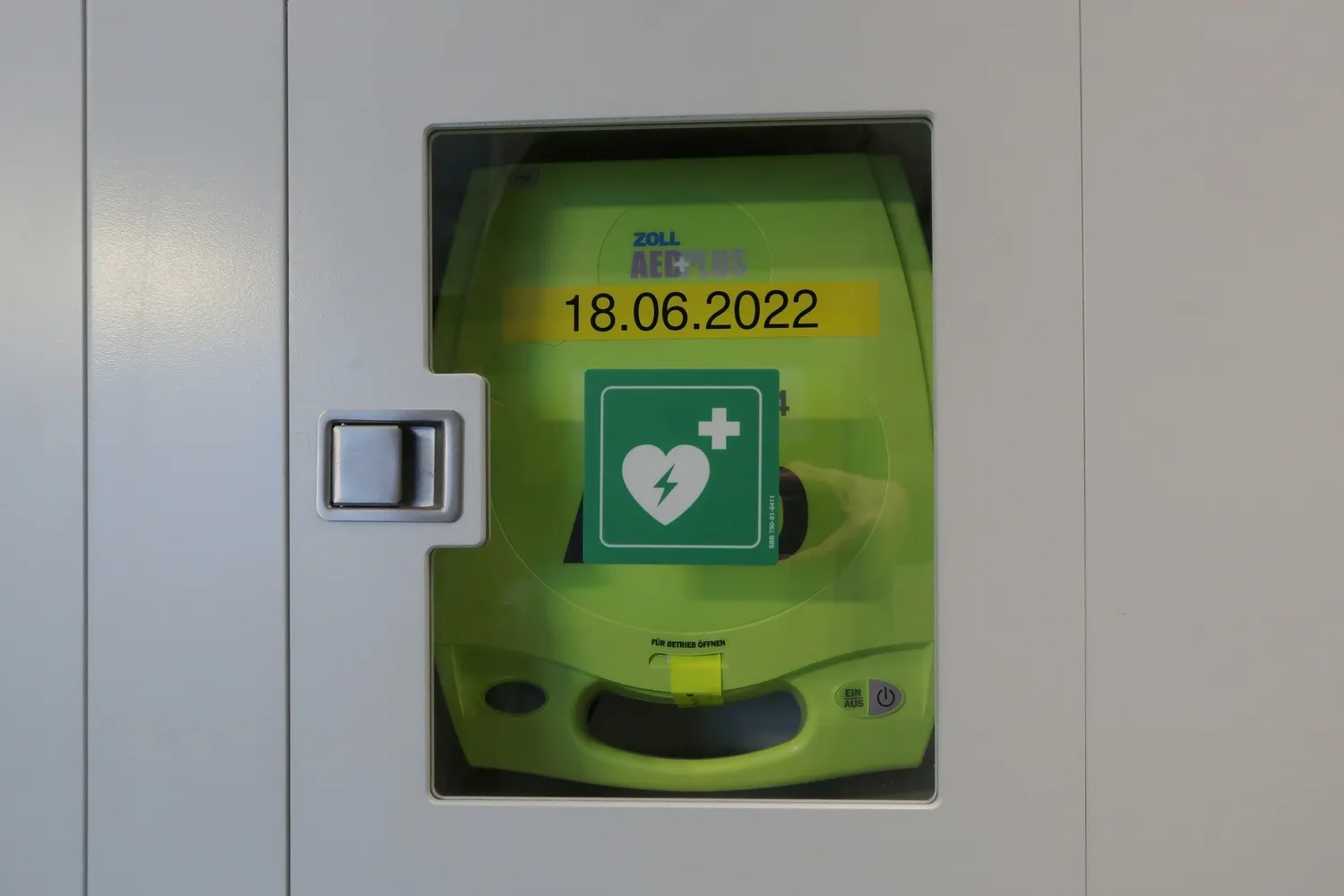
Source: flickr.com
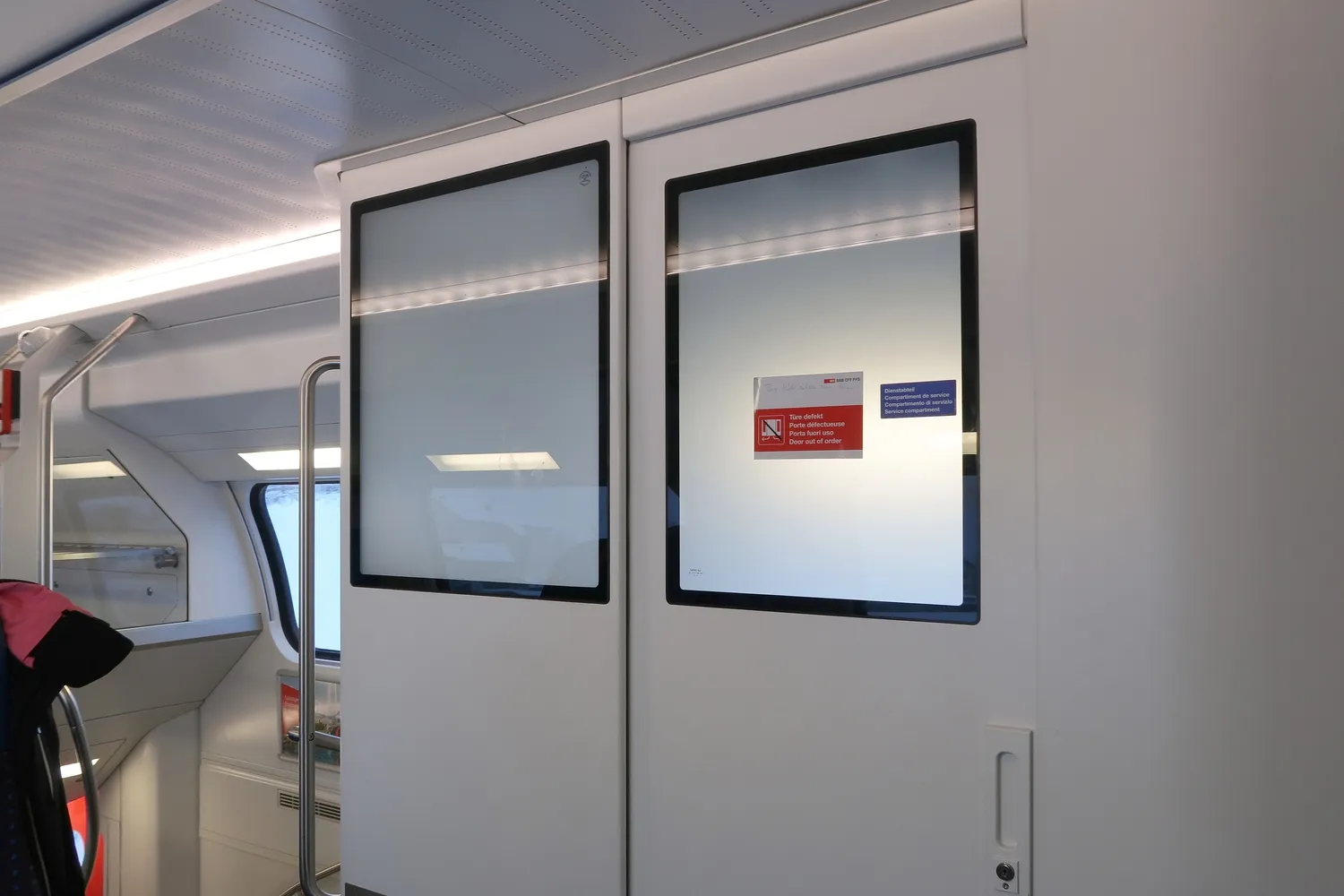
Source: flickr.com
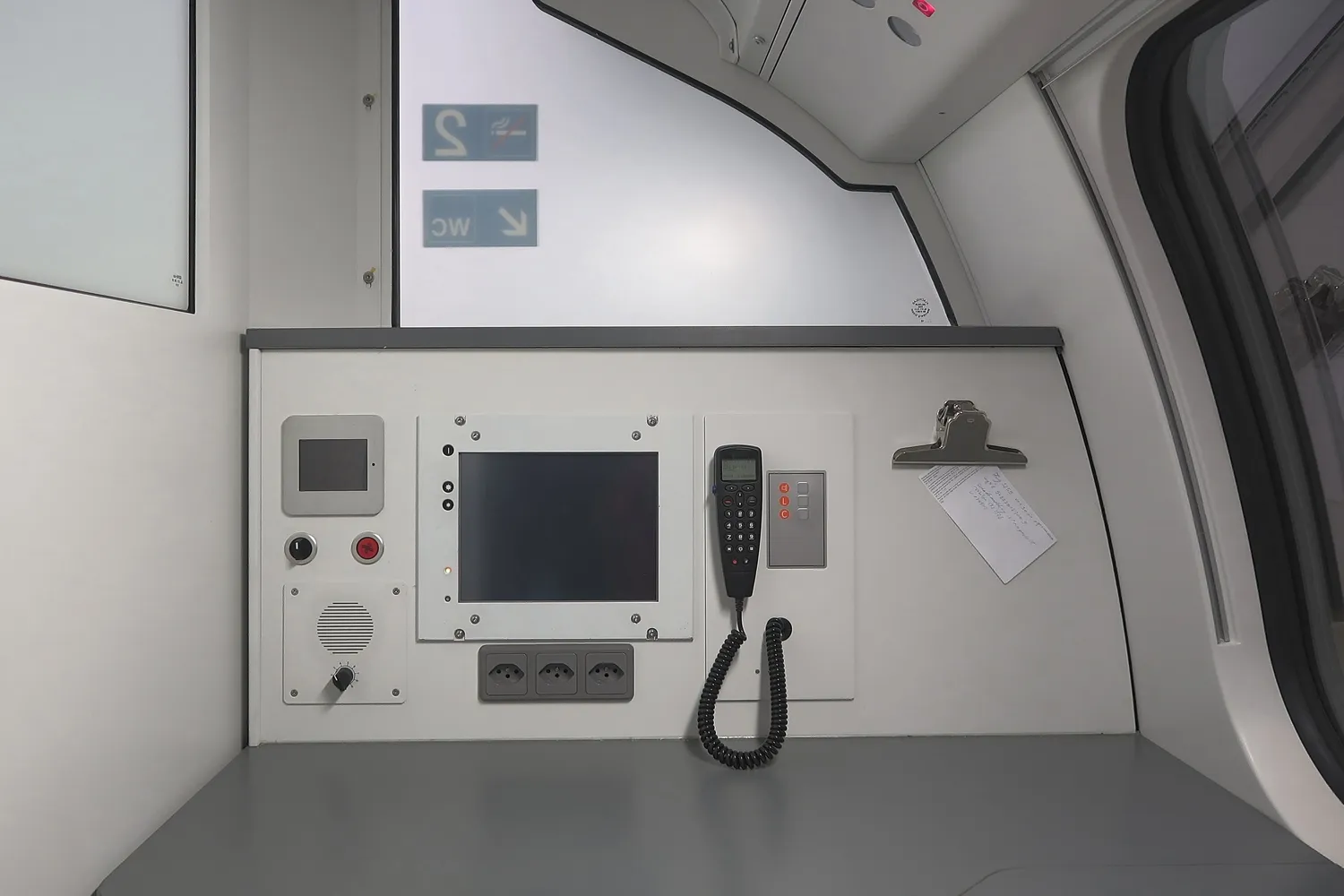
Source: flickr.com
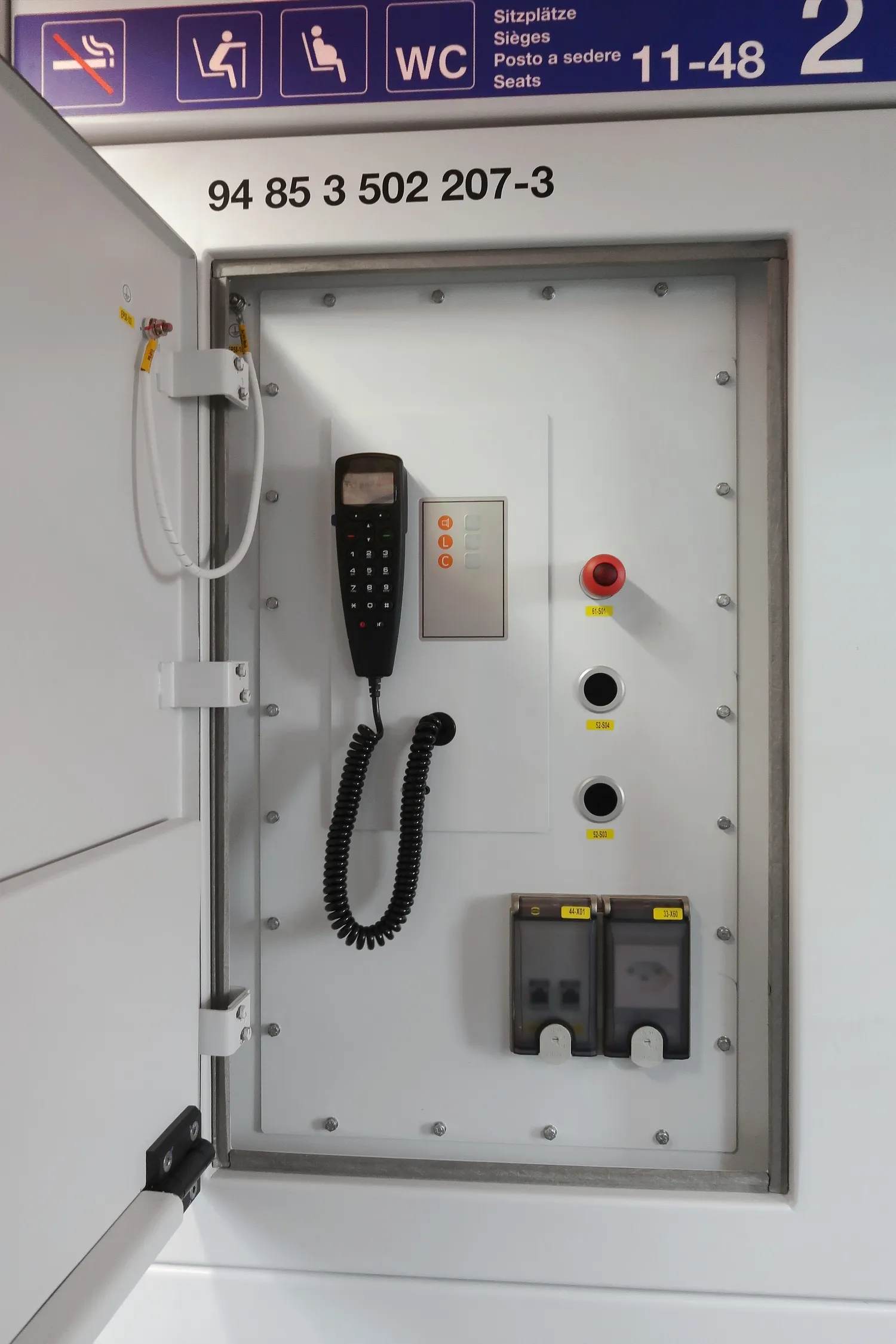
Source: flickr.com
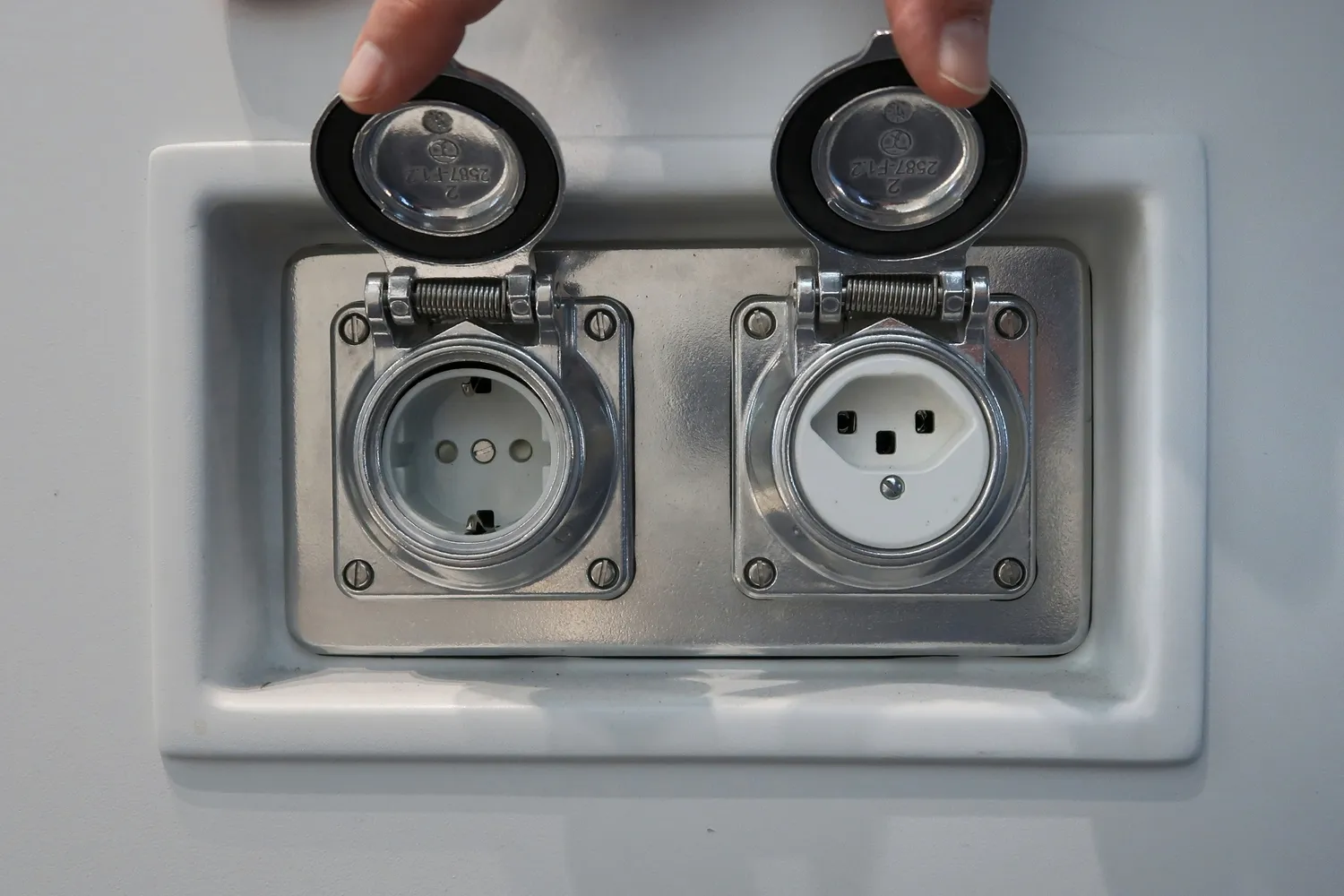
Source: flickr.com
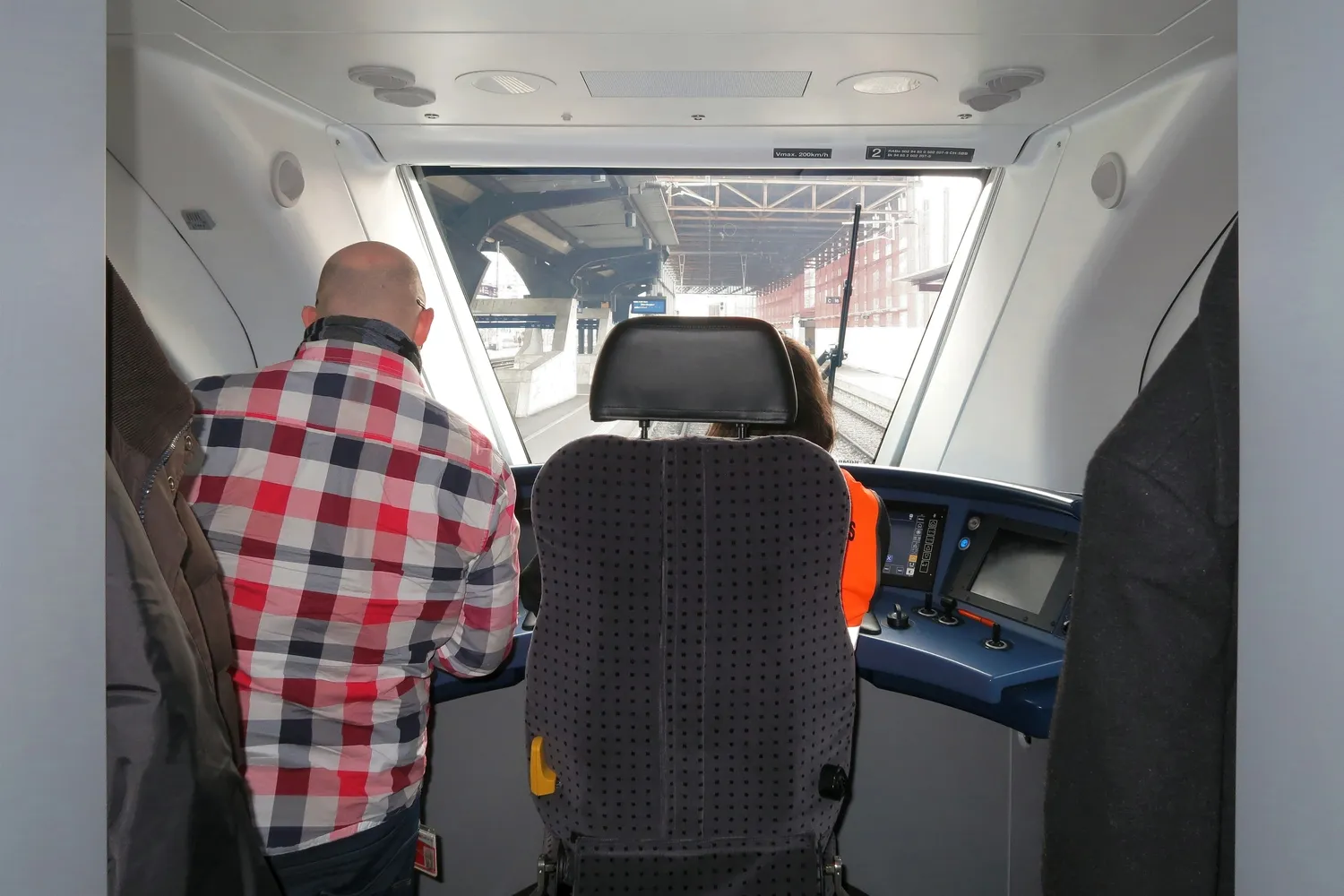
Source: flickr.com
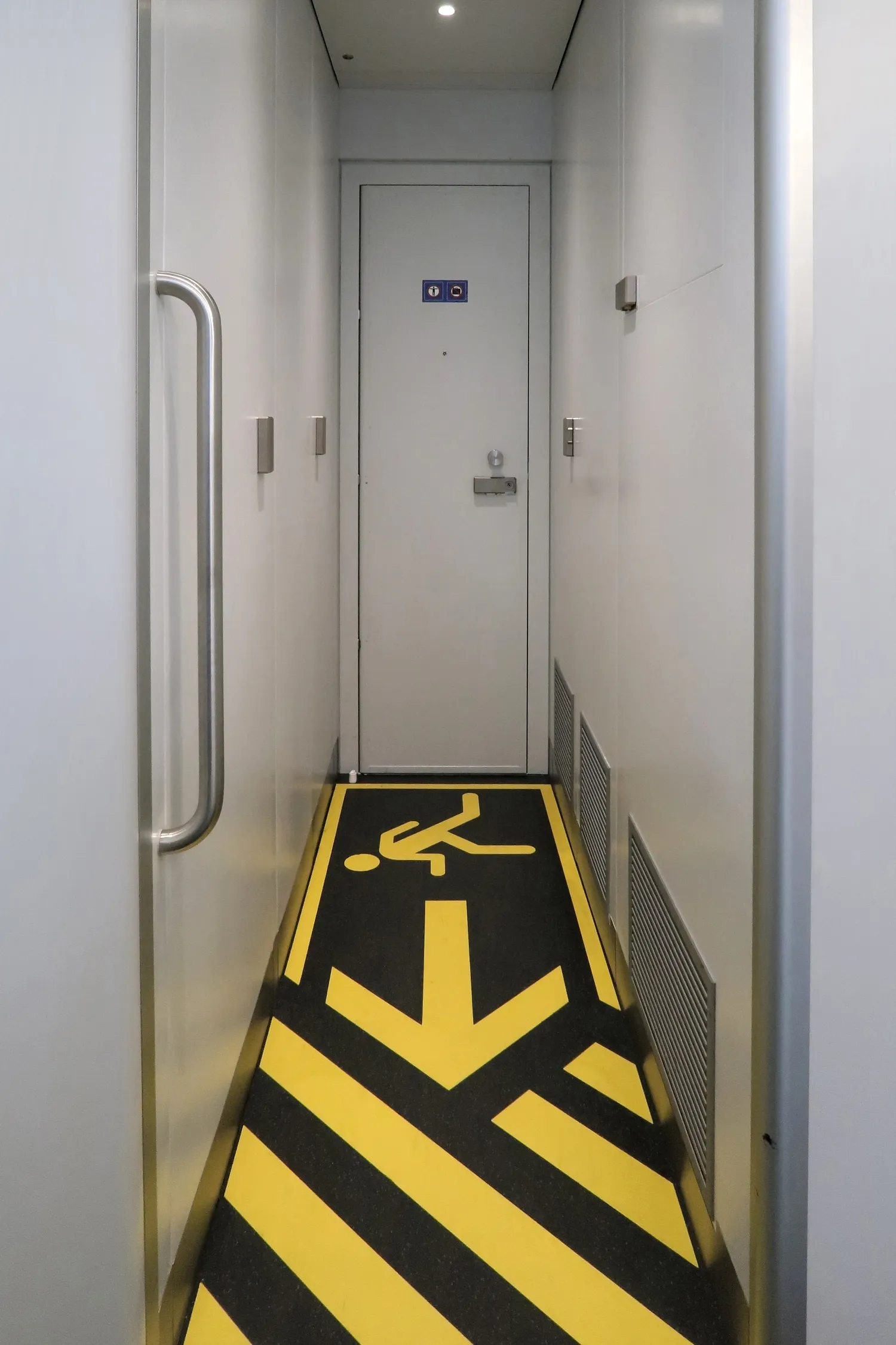
Source: flickr.com
Also known as:
UIC / EVN numbering:
94 85 0 50294 85 1 50294 85 8 50294 85 7 50294 85 6 50294 85 5 50294 85 4 50294 85 3 50294 85 2 502Vehicle type:
Registration country:
501x 2nd class seats
682x total number of seats
2009
After the call for tenders concluded, Siemens, Stadler Rail and Bombardier submitted proposals. The specifications outlined the need for a spacious, comfortable, and practical train that would enhance accessibility and facilitate quick passenger exchanges at stations, thereby reducing stop durations. To maximize travel time efficiency, the trains were required to be pendular. Siemens proposed a system utilizing primary suspensions, while Stadler opted for passive pendulation akin to certain Spanish Talgo trains. Bombardier, on the other hand, offered its WAKO bogies, derived from its FLEXX Tronic range, known for their roll compensation capabilities.
The CFF selects Bombardier as the winner of a contract valued at 1,86 billion francs for the supply of 59x trains, with an option for 100 additional trains. During subsequent negotiations due to delays in delivery, CFF receives 3x additional units as compensation.
The trains are manufactured in three versions:
- 23x units for the IC 2001 version, classified as RABDe 502 001 - 023;
- 30x units for the IR 2001 version, classified as RABe 502 201 - 230;
- 9x units for the IR 1001 version, classified as RABe 502 401 - 409.
According to Bombardier and the Swiss Federal Railways (SBB CFF FFS) at the time of the contract signing, the Twindexx is designed to provide greater comfort. The train features an absence of vibrations, waterproof components, and 230 V electrical outlets in both first and second class. It also offers 4G mobile phone reception. The Twindexx includes accessible toilets for passengers with disabilities, a children's play area located in the leading second-class carriage, video surveillance cameras, and an air conditioning system that adjusts based on the number of passengers present on the train.
To give clients an initial overview, Bombardier constructed a 1:1 scale wooden model2 of the Twindexx (IC 200 type) at the beginning of 2011, which was presented to specialists in August of the same year. Following a thorough examination of the model, 200 consulted individuals made over 1000 suggestions, leading to some of the significant delays faced later.
1 The version name identifies the length of the convoys, composed of eight elements for a total of about 200 meters or four elements for a total of about 100 meters.
2 In a similar vein, after signing the contract for the delivery of 29x EC 250 "Giruno" trains, Stadler Rail also built a comparable model to avoid the same issues experienced by its competitor at that time.
Sources: https://fr.wikipedia.org/wiki/Bombardier_TWINDEXX_Swiss_Express
2010
Sources: https://fr.wikipedia.org/wiki/Bombardier_TWINDEXX_Swiss_Express
2011
After the commissioning of the RABDe 500 "ICN" in 2001 and the subsequent delivery of these trains, the Swiss Federal Railways (SBB CFF FFS) conducted a survey among users to gather their opinions. Many respondents raised concerns about motion sickness, which was attributed to the train's active tilting system. To navigate curves at speeds approximately 20% higher than those of conventional trains, the ICN conforms maximally to the curve's shape and can tilt, sometimes abruptly.
In 2010, when the CFF introduced the Twindexx as a double-decker tilting train, concerns regarding motion sickness reemerged. However, during its design, Bombardier prioritized passenger comfort. The Twindexx is the first train equipped with new bogies from Bombardier, known as the FLEXX Tronic WAKO ("Aktive Wank-Kompensation").
The WAKO system is based on mechatronic technology, combining mechanical and electrical components. The electrical component includes an electro-hydraulic actuator developed by Liebherr, which operates cylinders while navigating curves.
The mechanical aspect of WAKO features anti-roll levers positioned obliquely inward, with their fictitious intersection point located at the upper bridge above the car's center of gravity. This design encourages the car to return to a horizontal position when passing through a curve. The electronic component includes two Liebherr electro-hydraulic actuators attached to a guiding bar, which continue to pull the car toward the outside of the curve. In the event of a failure of one actuator, the other can independently manage the system's electronics without affecting speed. If both actuators become nonoperational, they can still function as hydraulic dampers; however, the train's speed must be slightly reduced. This compact system enables a larger body width, particularly in first class.
To assess its functionality and effects, two WAKO units were installed under an A 16-94 - IC 2000 1st class passenger car during a testing period in early 2011. The tests yielded positive results, leading to discussions about retrofitting part of the existing CFF fleet, including the IC 2000 passenger coaches and the Unified cars IV / Einheitswagen - EW IV / Voitures unifiées - VU IV, with WAKO technology. This project was ultimately not pursued by the CFF.
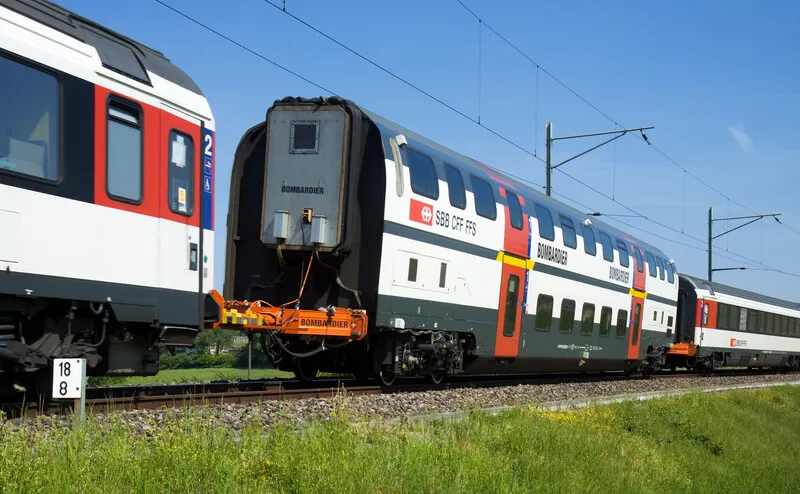 Source:
bahnbilder.ch
Source:
bahnbilder.ch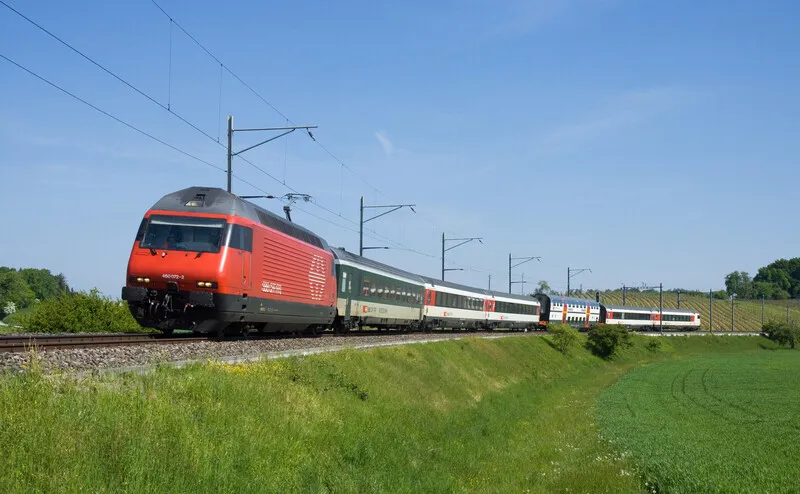 Source:
bahnbilder.ch
Source:
bahnbilder.ch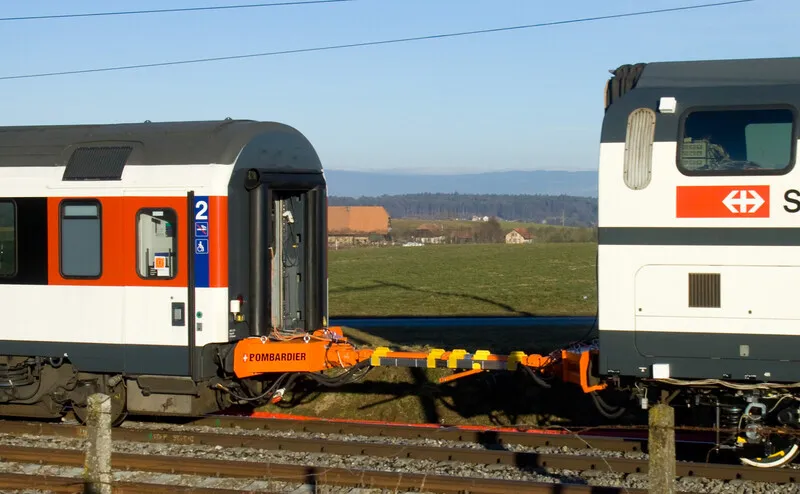 Source:
bahnbilder.ch
Source:
bahnbilder.ch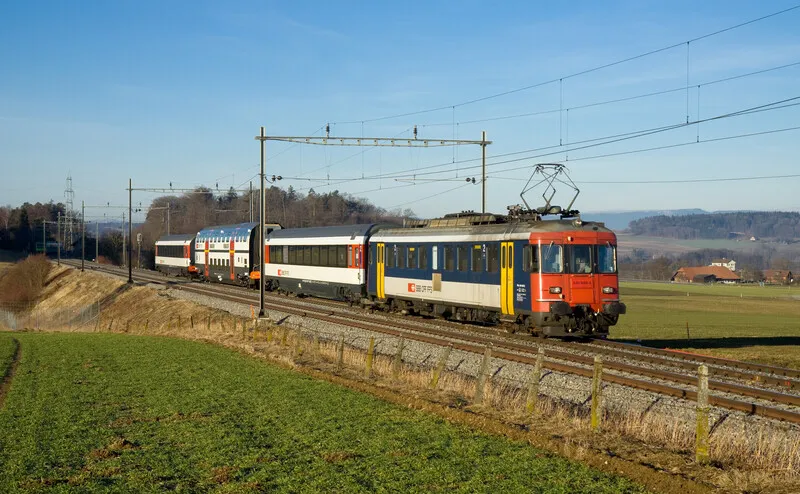 Source:
bahnbilder.ch
Source:
bahnbilder.ch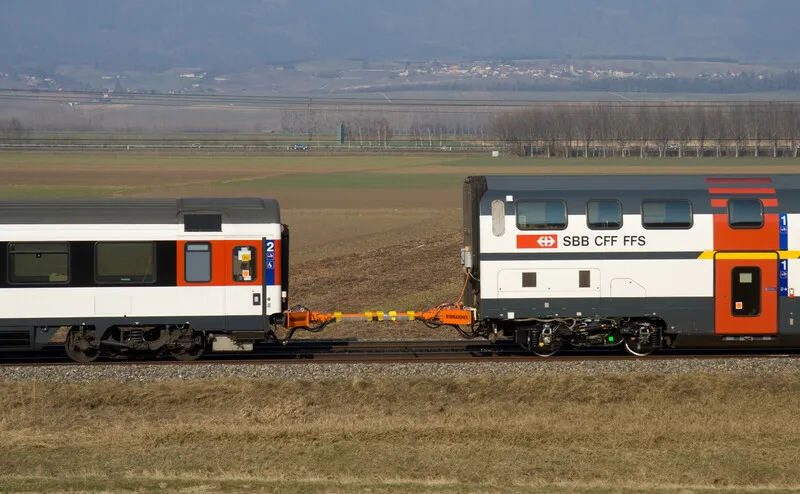 Source:
bahnbilder.ch
Source:
bahnbilder.ch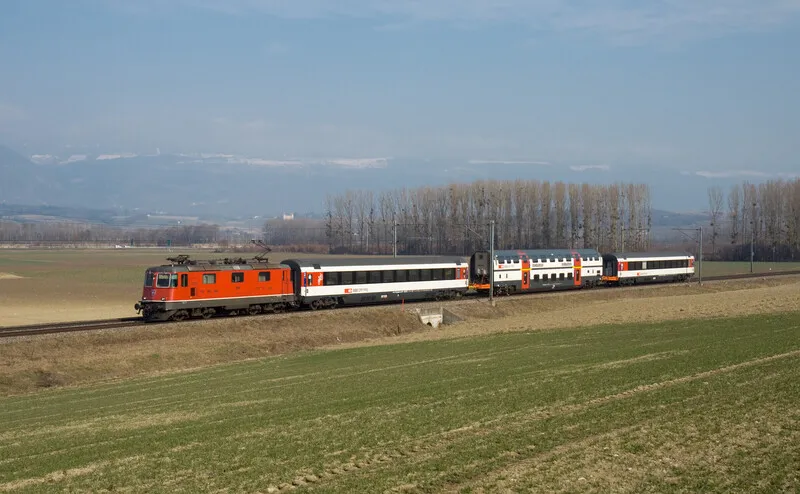 Source:
bahnbilder.ch
Source:
bahnbilder.ch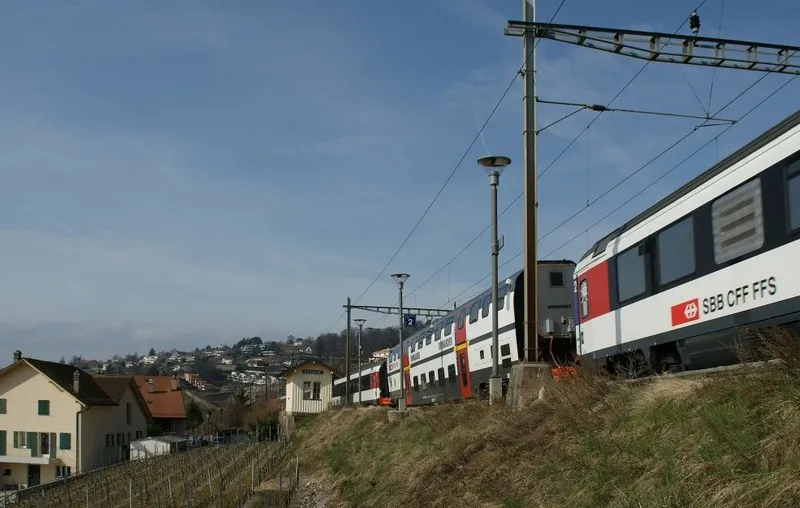 Source:
bahnamateurbilder.startbilder.de
Source:
bahnamateurbilder.startbilder.de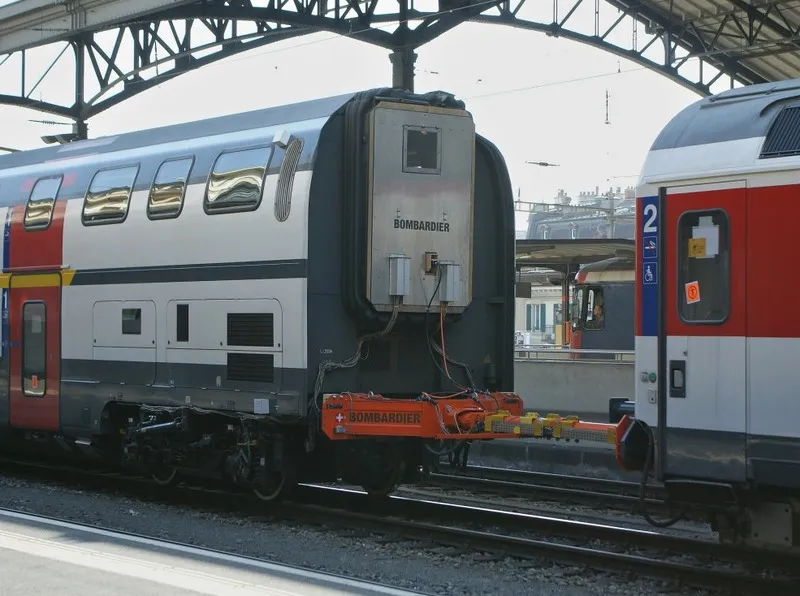 Source:
bahnamateurbilder.startbilder.de
Source:
bahnamateurbilder.startbilder.deIntegrated into traditional train suspensions, the WAKO system was expected to enable speeds 15% higher than those of an IC 2000, utilizing a system of cylinders that realign the car in the "correct direction" of the curve, thereby reducing the jolts associated with traditional Pendolino. Instead of tilting up to a maximum of 8° inside the curve, the Twindexx leans by a maximum of 2°.
Despite initial optimism regarding the tilting system, the Twindexx faces significant operational challenges shortly after entering passenger service. Health issues reported by train personnel are attributed to vibrations experienced during service. Research conducted by watson.ch in 2019 indicates that these vibrations lead to health complications among staff, prompting some train attendants to take leave.
In a September 2019 article, the author describes: "As the Interregio 13 train departs from Zürich Hauptbahnhof and traverses the Aussersihler Viadukt and the Limmat, passengers quickly notice the train's unsettling motion, characterized by vibrating seat backs and abrupt shifts on the upper deck. While the vibrations are uncomfortable for passengers, the train conductors are notably affected, with reports of significant knee and hip pain due to the continuous movement within the lengthy, 200-meter train compositions. Jürg Hurni from the Transport Personnel Union (SEV) highlights that the vibrations severely impact the knees of the staff, with multiple cases of health issues documented, particularly due to the unpredictable nature of the jolts, which differ from other train types where staff can brace for such disturbances."
Conductors report the necessity of constantly tensing muscles to counteract the vibrations and the train's unnatural tilting, leading to fatigue and discomfort. In response to these reports, SBB acknowledges receipt of feedback from personnel and takes the matter seriously, although they are initially unable to confirm any direct correlation between the reported meniscus problems and the Twindexx trains while medical investigations are ongoing.
The SBB claims a software update aimed at reducing vibration levels resulted in noticeable improvements in ride comfort, supported by assessments from staff involved in internal testing. Despite these attempts at improvement, experiences on the Twindexx remain inconsistent. Veteran staff continues to express frustration over the ongoing issues, noting that while the introduction of new train types usually comes with a learning curve, the current vibrations have surpassed previous experiences with other models.
In July 2022, the CFF announced the definitive abandonment of the WAKO tilting system due to comfort issues and maintenance costs. For more comfort, the spring-damper system is to be revised and the roll compensation is to be removed. A prototype is to be tested in 2025, and the entire fleet could be converted by the early 2030s.
Sources: https://fr.wikipedia.org/wiki/Bombardier_TWINDEXX_Swiss_Express, https://de.wikipedia.org/wiki/SBB_RABe_502, https://www.watson.ch/schweiz/oev/178824742-sbb-zugbegleiter-leiden-wegen-dosto-zug-unter-gesundheitsproblemen
2014
In January 2014, following these initial legal disputes, CFF director Andreas Meyer discloses to the press that Bombardier is facing "serious problems with the construction of the trains", indicating that the initially projected two-year delay could potentially double. A few weeks later, RTS reports that Bombardier demands CHF 320 million from CFF due to numerous changes requested during the trains' development, which necessitate extensive technical feasibility checks. At this point, the conflict between Bombardier and CFF intensifies, with the Canadian firm seeking financial compensation from the federal agency while CFF, in turn, seeks fines for delays in the design, construction, and delivery of the trains.
As speculation of a contract termination arises in the media, CFF files a criminal complaint in April 2014 for the premature disclosure of confidential information, triggered by RTS revealing an internal CFF circular that indicates Bombardier's demand for CHF 320 million. CFF does not issue any official press releases regarding this aspect of the dispute, with only RTS announcing the complaint, leaving details of any resolution unclear.
In June 2014, during a special broadcast of "Toutes Taxes Comprises", Bombardier's Switzerland director, Stéphane Wettstein, states that the disputes will be amicably resolved and that contract termination is no longer a consideration. At that time, 3x trains are in the final assembly stage, ready for initial dynamic tests.
Ultimately, to resolve the conflict and establish a more cooperative relationship, CFF and Bombardier revise the terms of their contract. In November 2014, they announce to the press that, as compensation for the delays, Bombardier will provide an additional 3x trains, raising the total fleet to 62x vehicles, with these new units expected to enter service in December 2017.
Consequently, by the end of 2014, the legal battle between CFF and Bombardier is definitively concluded, almost three years after the initial complaints are lodged by organizations representing people with reduced mobility.
Sources: https://fr.wikipedia.org/wiki/Bombardier_TWINDEXX_Swiss_Express
2015
Bombardier, which had to place some of its employees on technical unemployment due to delivery delays, inaugurated a new construction hall for the occasion, named "Gotthard," in reference to the eponymous tunnel. Capable of accommodating 200-meter-long compositions, this part of the Villeneuve factory would primarily handle static testing of the Twindexx, while dynamic tests would be conducted on the Velim circuit (Czech Republic) for high speeds (200 km/h) and on the CFF network for testing the WAKO system. So far, the latter has proven its effectiveness and comfort, unlike the Tiltronix bogies of the New Pendolino from Alstom, which caused seasickness among some passengers.
The CFF wanted the Twindexx to be the flagship of their fleet, allowing for a seating capacity 50% greater than that of an IC 2000, while maintaining onboard comfort by avoiding the roll experienced in other tilting trains, such as the ICN. Even the head of long-distance services at the federal agency, Vincent Ducrot, assured at the signing of the contract in 2010 that the seasickness generated by previous tilting systems would be nonexistent with the Twindexx.
Sources: https://fr.wikipedia.org/wiki/Bombardier_TWINDEXX_Swiss_Express
2016
Sources: https://fr.wikipedia.org/wiki/Bombardier_TWINDEXX_Swiss_Express
2017
On November 23rd, 2017, the CFF officially announces that the Twindexx trains will not enter service with the upcoming schedule change on December 10. The Federal Office of Transport (OFT) only grants a provisional approval due to emerging issues with the software, necessitating continued testing until 2018. During 2018, the trains must be put into commercial service on routes including Bern-Zurich and Zurich-Chur, as well as, crucially, Geneva Airport to St. Gallen. This timeline represents the final deadline the CFF can tolerate, considering their plans and rolling stock availability; beyond this point, alternative solutions must be sought to address the resultant shortages.
Sources: https://fr.wikipedia.org/wiki/Bombardier_TWINDEXX_Swiss_Express
2017
November
Sources: https://fr.wikipedia.org/wiki/Bombardier_TWINDEXX_Swiss_Express
2018
February 26
However, between the provisional approval in December 2017 and the operational launch in February 2018, two complications arise. First, the electronic system's software requires a 40-minute wait for a train to restart after a reverse departure from terminal stations. This issue is eventually resolved through a software update from the manufacturer.
The second problem remains unresolved; individuals with reduced mobility note that the access ramp inside the train is too steep, preventing a wheelchair from exiting autonomously. This poses a significant legal challenge, as by 2023, CFF must ensure that at least one train per hour is accessible to persons with reduced mobility on each line. Since the Twindexx does not meet this requirement, disability advocacy groups file a complaint with the Federal Administrative Court in St. Gallen. The court upholds the provisional authorization issued by the OFT, allowing the Twindexx to operate without restrictions. Nevertheless, these advocacy groups demand that the remaining trainsets under construction comply with Swiss legislation. In response, CFF states that the Twindexx was designed according to European standards applicable in Switzerland, arguing that the ramp's slope is compliant. Modifying the ramp for wheelchair accessibility would violate European standards while adhering to Swiss requirements established in 2010, as the train conforms to current norms. Ongoing discussions aim to find a compromise between these regulatory frameworks, particularly since CFF intends to ensure the Twindexx meets EU standards for service on the cross-border Zurich-Munich route by the end of 2023. Additionally, the complaint highlights issues such as the LCD screens displaying station stops, which reportedly reflect too much light and are difficult for visually impaired individuals to read, as well as the steep stairway leading to the upper deck and door opening buttons that are inaccessible from a wheelchair.
Sources: https://fr.wikipedia.org/wiki/Bombardier_TWINDEXX_Swiss_Express
2018
December
Sources: https://fr.wikipedia.org/wiki/Bombardier_TWINDEXX_Swiss_Express
2020
June 13
Additionally, since December 2020, these trains also operate on the IC3 line between Basel - Zurich and Chur, the IR13 line between Zurich - St. Gallen and Sargans, the IR36/37 lines between Basel and Zurich, the IR70 line between Zurich and Lucerne, and various RegioExpress lines in German-speaking Switzerland.
From April 5th, 2021, these trains are further introduced on the IC2 line between Zurich-Zug and Lugano (-Chiasso) as well as the IC21 line between Basel-Lucerne and Lugano (-Chiasso) during peak hours.
Finally, following the timetable change in December 2023, a significant number of these trains also run on the IR15 line between Geneva Airport-Lausanne-Bern and Lucerne in multiple compositions of 200 or 300 meters in length, as well as on the IR27 line between Lucerne and Basel.
Sources: https://fr.wikipedia.org/wiki/Bombardier_TWINDEXX_Swiss_Express
Do you have additional informations regarding this vehicle?
Help us writing the history of RABe 502 - IR 200! Your knowledge is precious for us and the entire community, do not hesitate to share your facts, photos or videos:
Latest update on the 26th of January 2025 at 19:42
Contributor(s): Tudor C.
Discussion forum





